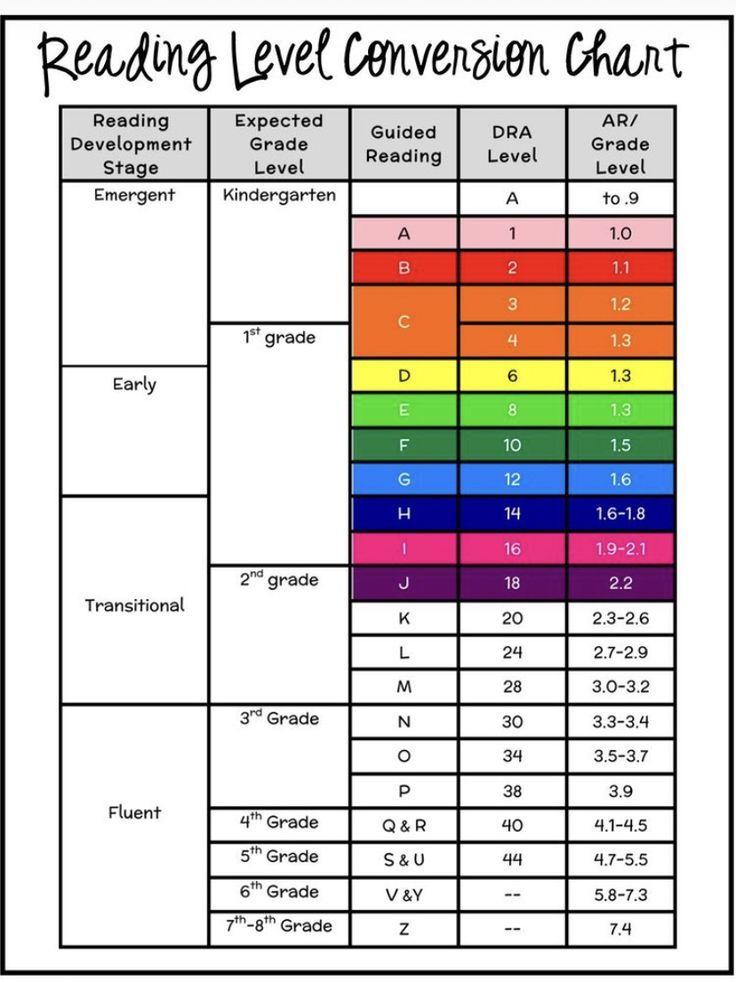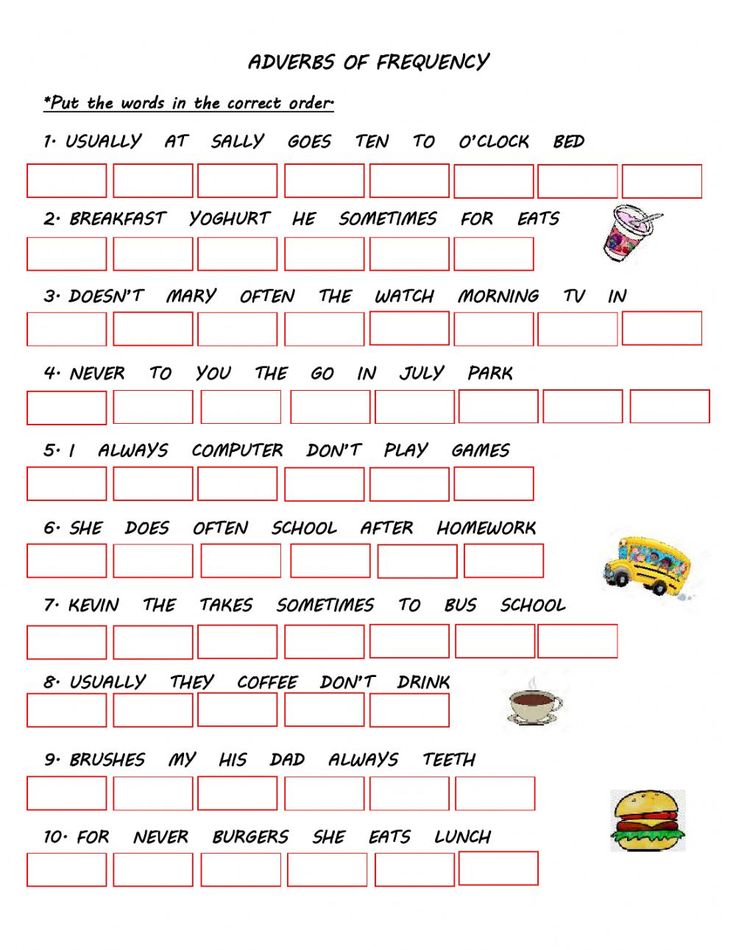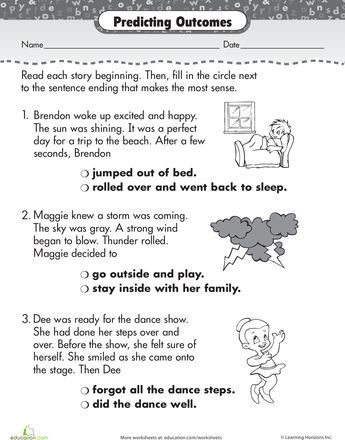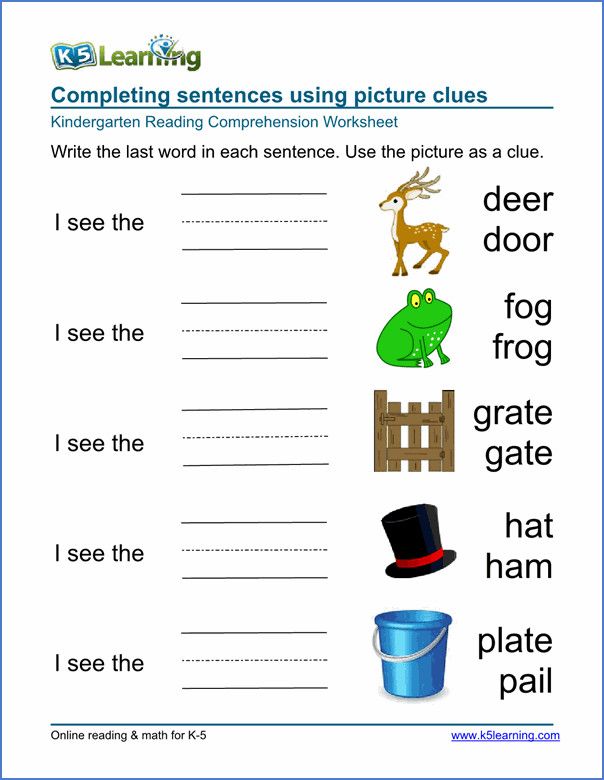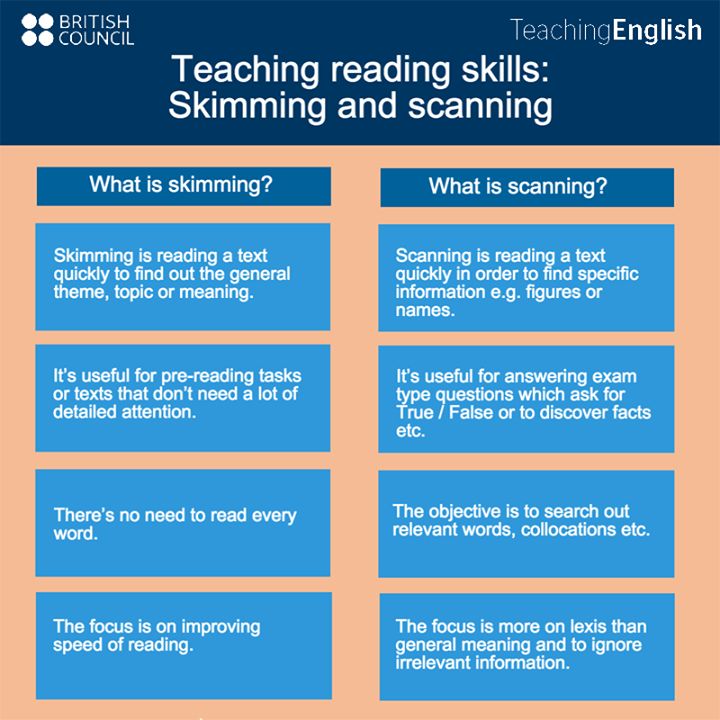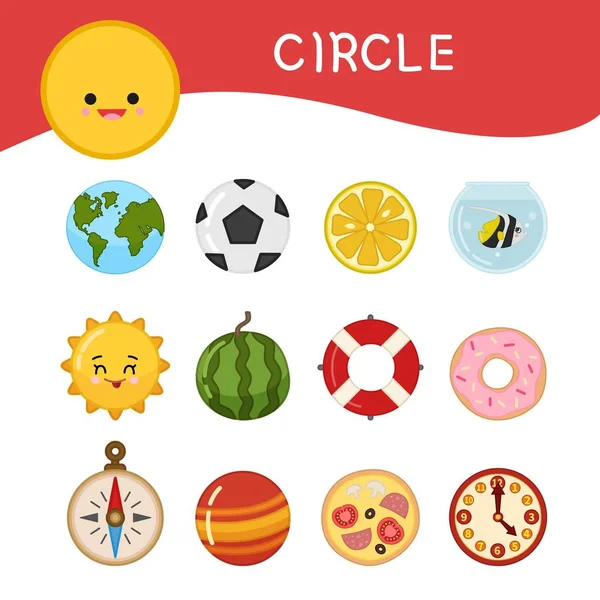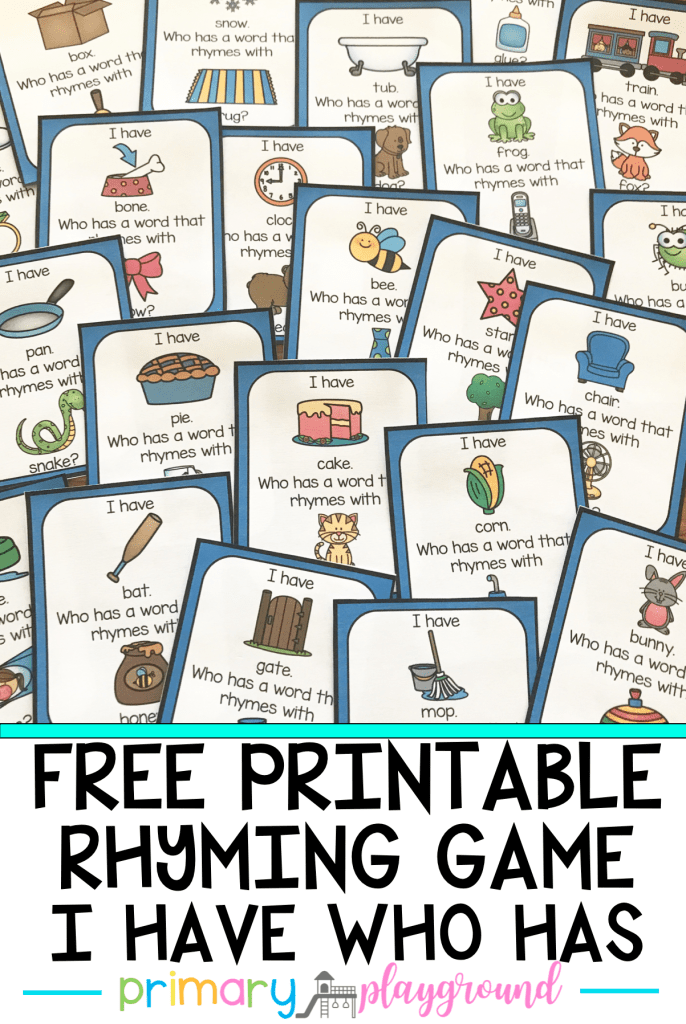What level reading is 3rd grade
Letters, Lexile® & Book Lists
Third-grade ushers in many educational milestones. This may be the first year that children take MAP tests or other state assessments. Multiplication facts are often introduced in third grade, too, and many kids will begin memorizing those ‘x’ facts. Your child’s 3rd grade reading comprehension also may be challenged as longer books or stories are introduced. Many children often begin reading chapter books in third grade!
However, parents may discover that while their child can read these longer stories, they may have trouble following along in the book as the chapters progress and the plot evolves.
As literacy expectations shift from simple text with easy-to-grasp plots to books with more complex story arcs and detailed character development, the gap between proficient readers and those who are falling behind may start to widen if reading comprehension issues aren’t identified early.
When it’s clear that a child’s third-grade reading comprehension has become a struggle, parents have a few options.
The first option for many is to meet with the child’s teacher and discuss concerns. Sometimes additional help may be offered through specialized reading programs. Or maybe parents may find that their child isn’t behind at all (sometimes parents have much higher scholastic expectations).
Reading Comprehension Grade 3: What’s the Lexile®?
A child’s teacher may be able to provide detailed information about a child’s reading abilities. Often, schools will administer reading fluency tests to understand each child’s appropriate reading level. This helps administrators and teachers know which books will be best suited for each child. One of the most common reading benchmark tests is Renaissance Star Reading®.
Parents may receive a print out summary of their child’s Star results. Typically, results will include a percentile rank in relation to peers at the same grade level. A score of 85 percent would mean that the child scored better than 85 percent of other children in the same grade level.
Star scores also sometimes resemble another familiar literacy number: the Lexile®. However, the numeric Star score doesn’t translate to a child’s Lexile® (although, it could turn out to be the same number). So what is Lexile®? Lexile® is actually the Lexile® Framework for Reading. This is a range of numbers that help designate the reading level. These numbers can be a bit confusing, although they are often presented with a grade-level equivalent to help parents understand the Lexile®/grade correlation.
Lexile® also helps parents find the right book for their child. Need suggestions? If you know your child’s Lexile® number, you can enter it and receive a list of appropriate books! The tool on Lexile® ‘s site also lets you search by the lettered reading level, too (we’ll touch on that below!).
What’s the average Lexile® for third grade? The range for a typical third grade at the end of the year (spring) is 645 to 845.
3rd Grade Reading Comprehension: How to Decipher a Child’s Lettered Reading Levels
Renaissance Star Reading® may be a popular test used to gauge reading levels, but it isn’t the only tool teachers utilize in helping to understand reading proficiency.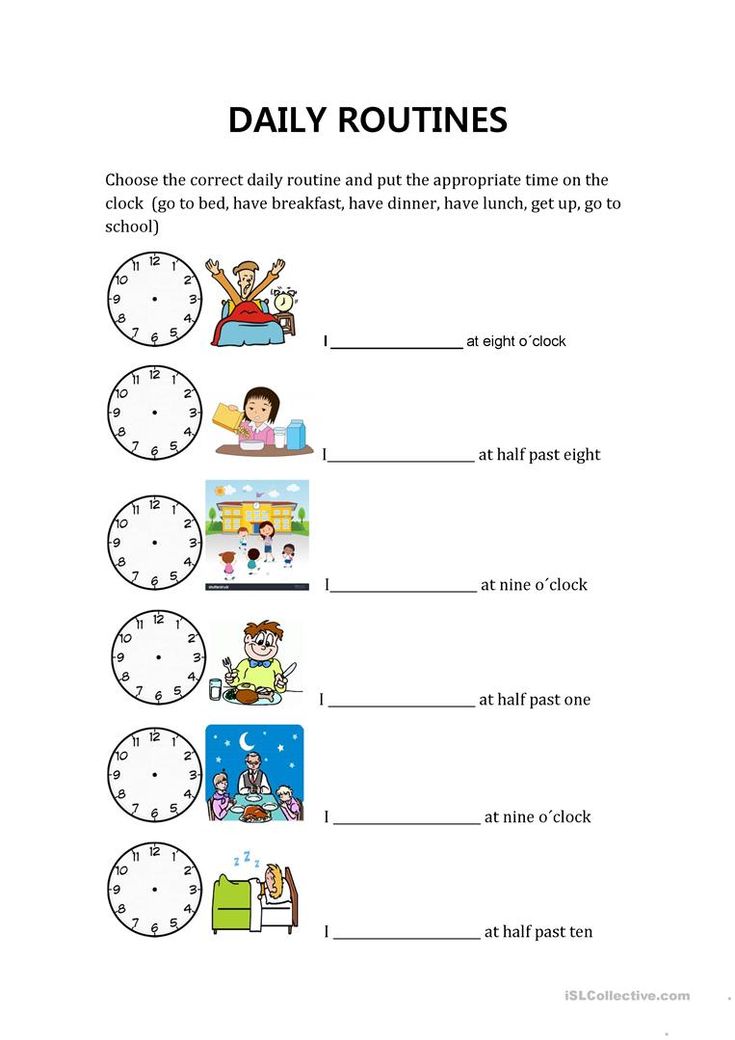 Another popular test is the Benchmark Assessment Systems (aka BAS). This test is a bit more in-depth and usually involves the child working one-on-one with the teacher. Parents may see the results of the test reported as a letter representing a specific reading level.
Another popular test is the Benchmark Assessment Systems (aka BAS). This test is a bit more in-depth and usually involves the child working one-on-one with the teacher. Parents may see the results of the test reported as a letter representing a specific reading level.
The lettered reading levels correlating to third grade are N, O and P. So, typically, a child should be at a level N in the fall and advance to level P by the end of the year. However, some children may be below or above this range.
If a child falls too far below this range, a parent may be concerned. Some parents may start to worry if a child scores just one letter behind what’s appropriate for the grade level. As a parent, if you’re upset about the result of any test, reach out to your child’s teacher and don’t be afraid to request additional testing or inquire about reading intervention programs.
The Ultimate Third-Grade Reading List
At home, parents should read with kids often to help gauge and increase reading comprehension.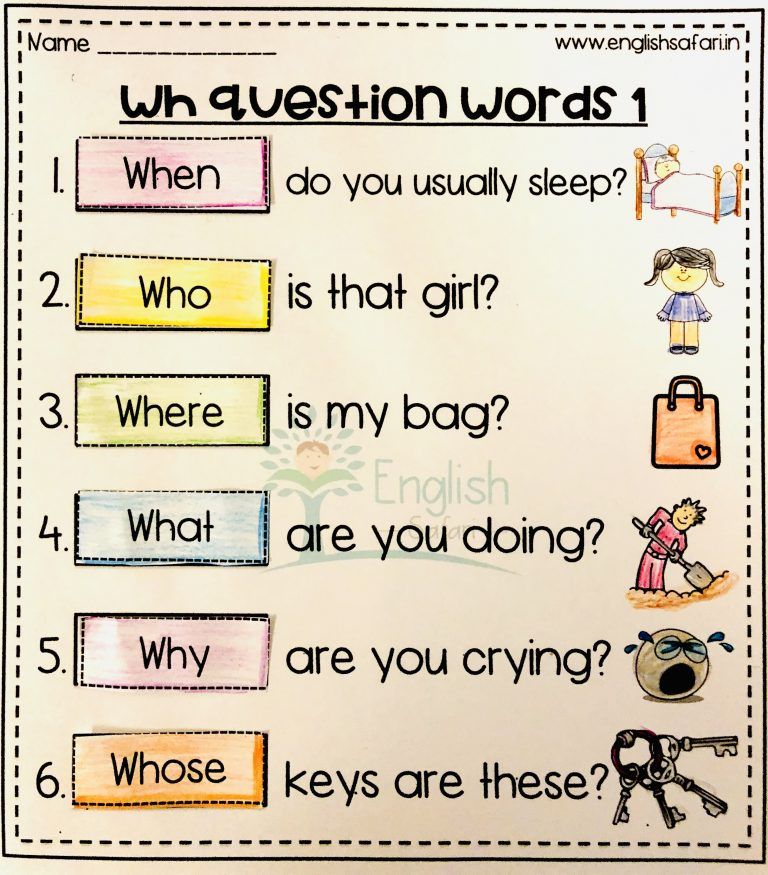 One of the best ways to work on story understanding is to read to a child and ask them questions about the plot and characters. Or have children read aloud, and, at the end of each chapter, discuss what happened and the actions of characters.
One of the best ways to work on story understanding is to read to a child and ask them questions about the plot and characters. Or have children read aloud, and, at the end of each chapter, discuss what happened and the actions of characters.
Here are some great and fairly easy to read books – by Lexile®–that are perfect for third graders:
- Cassie’s Word Quilt (420L)
- Chester (480L)
- Field Trip Mysteries: The Teacher Who Forgot Too Much (480L)
- Once I Ate a Pie (430L)
- The Candy Corn Contest (490L)
- Take Away Three (490L)
- Into the Forest (510L)
- Missing (510L)
- Tales of a Fourth Grade Nothing (470L)
- Double Fudge (530L)
Reading Comprehension Grade 3: Use a Reading App to Help Improve Comprehension
If struggles are identified, parents also can utilize reading apps like Readability at home to help boost comprehension and proficiency. Readability features Interactive Voice-Based Questions and Answers (IVQA), which serves as a virtual tutor to help a child improve reading comprehension.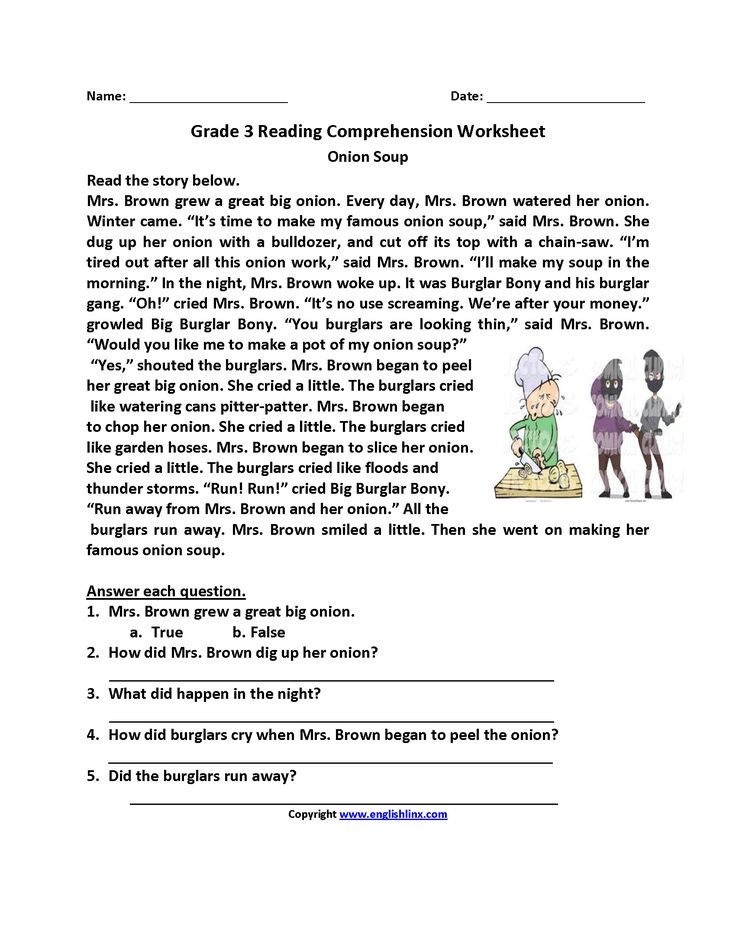 Parents can keep track of their child’s progress with the Parent Dashboard; this provides insight at reading fluency and also tracks the amount of time the child has spent on the app.
Parents can keep track of their child’s progress with the Parent Dashboard; this provides insight at reading fluency and also tracks the amount of time the child has spent on the app.
For parents who feel that their child also could benefit from more intensive reading instruction, try Readability for free for seven days! All stories on Readability are designed to meet the reading needs and abilities of each child; as they progress, so does the program! Reading books with children and utilizing apps like Readability could help your child improve comprehension and become a more confident reader.
📚 Making Sense of Reading Levels plus booklists for every Grade
Anyone else completely confused by reading levels? There are guided reading levels, Lexile numbers, and Book Levels like the library uses. I found this especially confusing when my kindergarten and grade 1 students were beginning to read. I assumed you just get a beginner reader, but guess what – it’s NOT that easy! Many beginner readers are actually for 3rd graders! YIKES! Don’t worry, I can explain reading levels, give you book recommendations by grade, and take all the work out of finding your child the best books to read by reading level!
Making Sense of Reading Levels
What Level Books should my Child be reading by Grade!
I think one needs a masters degree in nonsense to make sense of reading levels! Seriously there are 3 different systems used: Lexile, Book Level (like most libraries) and Guided Reading (Scholastic) that parents must try to understand. And if you google it, there isn’t much useful information out there either.
And if you google it, there isn’t much useful information out there either.
I even talked with my local librarian who gave me a lot of misinformation, ugh! So I did deeper research so I could pick out readers for my kids.
Reading levels by grade
I don’t claim to be an expert on reading levels by any means, but for all you confused parents here is some help from a mom that was just as confused as you are!
Note: All kids read at their own pace and this is just an average generalization. Please work on reading books at your child’s reading level. For kids who are great readers, they may be reading at books above their reading level.
Kindergarten Reading Level
Kindergartners are just beginning to read using some basic sight words and decoding simple words. In the library look for books labeled 0.1 – 1.3. For those using the Scholastic Guided Reading level, look for A, B, or C.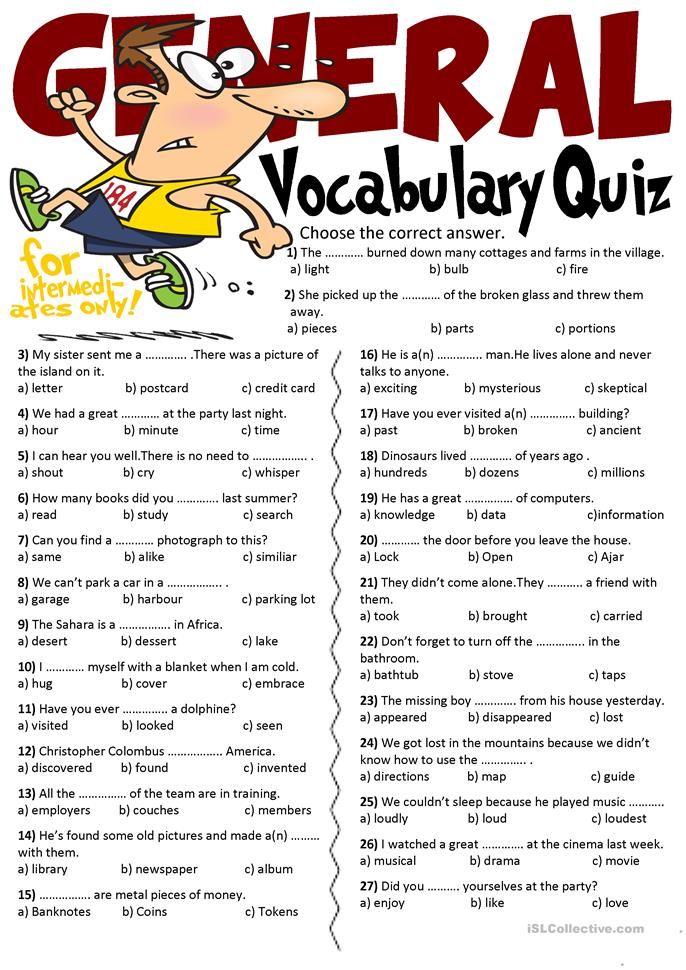 (That is 25-75 in Lexile). Remember they need 30 minutes of daily reading; practice makes perfect!
(That is 25-75 in Lexile). Remember they need 30 minutes of daily reading; practice makes perfect!
- 50 Books for Kindergartners to Read by Themselves
- 45 Must Read Books for Kindergartners (Read Aloud)
First Grade Reading Level
1st Grade students are decoding more words, learning rule breaker rules, and adding more and more sight words. Through the course of the year they can be anywhere from a 1.0 – 1.9 for readers at the library. For those using Scholastic Guided Reading that is B-I or Lexile 50-275. Remember they need 30 minutes of daily reading; practice makes perfect!
- 100 Books for 1st Graders to Read Themselves
- Favorite 1st Grade Read Aloud Picture Books
- 17+ 1st Grade Read Aloud Chapter Books you won’t want to miss!
- Top 25 Chapter Book Series for 1st-3rd Grade
2nd Grade Reading Level
2nd Graders are reading well independently. Although they may start their year in advanced readers, most are ready for simple chapter books by the end of the year.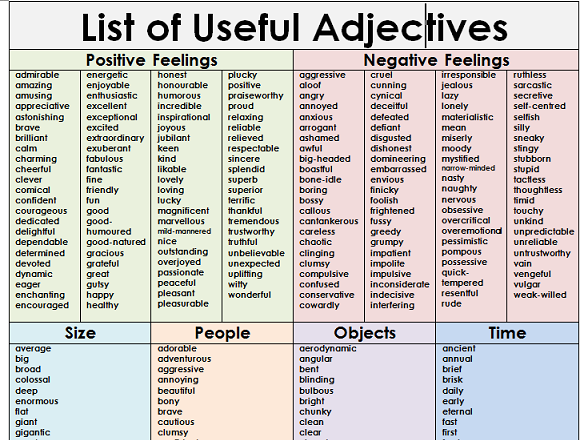 Just like Kindergarten and 1st graders, they need lots of practice to continue advancing. Even though 2nd graders are reading well on their own, they still need time reading aloud to an adult who can help them correct pronunciation, flow, and check reading comprehension to ensure no issues creep up. At the library look for books labeled 1.6-2.9. Using a Guided Reading system look for H-M or 225-450 in Lexile.
Just like Kindergarten and 1st graders, they need lots of practice to continue advancing. Even though 2nd graders are reading well on their own, they still need time reading aloud to an adult who can help them correct pronunciation, flow, and check reading comprehension to ensure no issues creep up. At the library look for books labeled 1.6-2.9. Using a Guided Reading system look for H-M or 225-450 in Lexile.
- Best 2nd Grade Reading List
- 2nd Grade Read Aloud Chapter Books
- Top 25 Chapter Book Series for 1st-3rd Grade
3rd Grade Reading Level
3rd Graders are comfortable reading simple chapter books on their own. They continue to need lots of practice and time reading aloud as well. At the library look for books 2.2 – 3.9, Guided Reading level L-P, and Lexile 400-650.
- 3rd Grade Reading List
- Top 25 Chapter Book Series for 1st-3rd Grade
4th-8th Grade Reading Level
Although at this point most kids are reading chapter books that are no longer labeled with a reading level, I wanted to give you some tools in case you feel the need to further assess what your child is reading.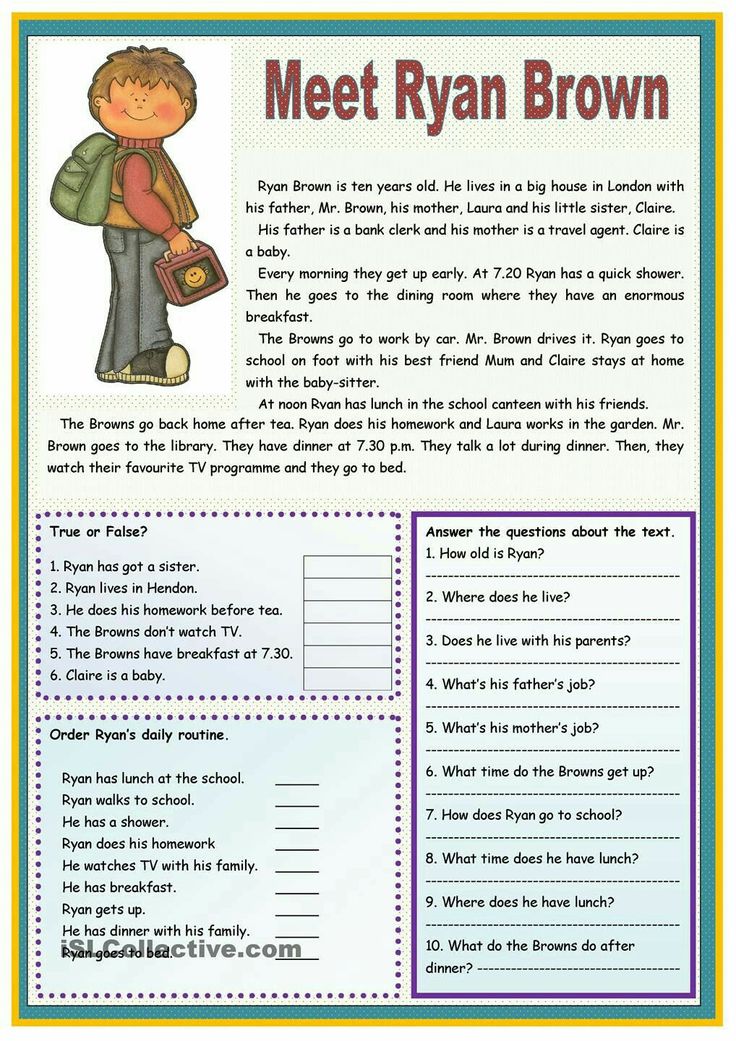
- 4th Grade Book List – 3.3-5.5 Book Level, O-T Guided Reading, 600-850 Lexile
- 5th Grade Reading List – 5.0-7.4 Book Level, S-W Guided Reading, 800-1000 Lexile
- 6th Grade 6.7-8.6 Book Level, V-Y Guided Reading, 950-1050 Lexile
- 7th &8th Grade 8.0-9.0 Book Level, X-Z Guided Reading, 1035-1100 Lexile
Find out any Books Reading Level
You can find out any books reading level (Lexile, library Book Level, and Scholastic Guided Reading) by checking AR Book Finder.
Free Printable Reading Logs
- Monthly Reading Log – this free printable has ‘traditional’ monthly themes
- Bookshelf Free Printable Reading Logs – super cute and fun for kids of all ages!
- Pencil Free Printable Reading Logs -print reading worksheet and color a pencil for each book you read
- Frozen Free Printable Reading Logs – kids will have fun tracking their reading and the books they’ve read with this motivating free printable for kids of all ages
- Princess Free Printable Reading Logs – students will have fun tracking their reading with these free printable reading logs
- Super Hero Free Printable Reading Logs – using a favorite theme of kids will encourage kids to read
- Cars Free Printable Book Logs – children will have fun tracking the books they’ve read with these clever free reading log
- Summer Free Printable Reading Logs – students will be motivated to read this summer with these ideas
- Reading Comprehension Bookmarks – this is a great tool for making sure kids are understanding what they are reading
- Reading Levels by Grade – how to pick the right books for every reading level and tons of printable book lists too
Book Report Idea
Looking for other ways to help kids work on reading comprehension and summarizing a book they read? Try these free resources:
- Handy Reading Comprehension Bookmarks (any book: fiction or non fiction)
- Book Report Template
- Book Report for Kids
- Pizza Book Report Idea
- Sandwich Book Report Idea
- 26 more clever Book Report Ideas
- Library Scavenger Hunt – help kids learn to navigate a library, the Dewey decimal system, book genres, and so much more with this pack of free printable scavenger hunts for kids!
- Bookshelf Reading Log – to help encourage kids to read!
Plus, here are some great ideas for Creating a Reading Nook where kids will want to curl up and read a book!
Beth Gorden
Beth Gorden is the creative multi-tasking creator of 123 Homeschool 4 Me.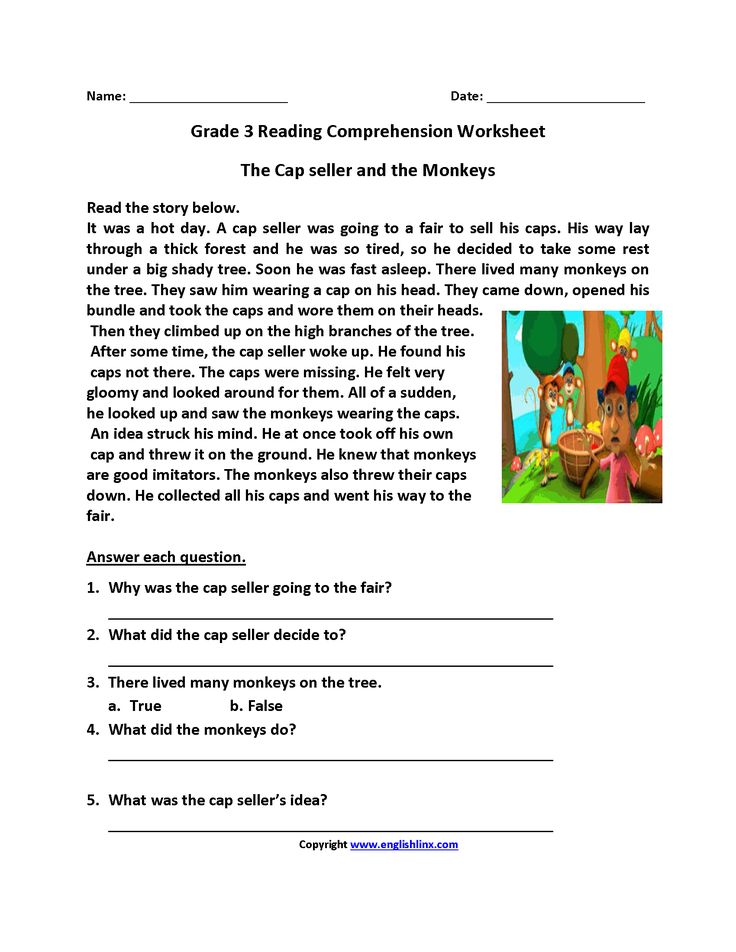 As a busy homeschooling mother of six, she strives to create hands-on learning activities and worksheets that kids will love to make learning FUN! She has created over 1 million pages of printables to help teach kids ABCs, science, English grammar, history, math, and so much more! Beth is also the creator of 2 additional sites with even more educational activities and FREE printables – www.kindergartenworksheetsandgames.com and www.preschoolplayandlearn.com
As a busy homeschooling mother of six, she strives to create hands-on learning activities and worksheets that kids will love to make learning FUN! She has created over 1 million pages of printables to help teach kids ABCs, science, English grammar, history, math, and so much more! Beth is also the creator of 2 additional sites with even more educational activities and FREE printables – www.kindergartenworksheetsandgames.com and www.preschoolplayandlearn.com
Reading technique. Norms 1-4 class.
Since many parents stubbornly refuse to understand what is the point of testing reading technique in elementary school (grades 1-4), I give up and publish reading norms. At the same time, I ask you to carefully read not only the quantitative norm of words per minute, but also my explanations both in the table and below it.
Reading Speed Standards Grade 1-4
→ Number of words may vary slightly depending on curriculum.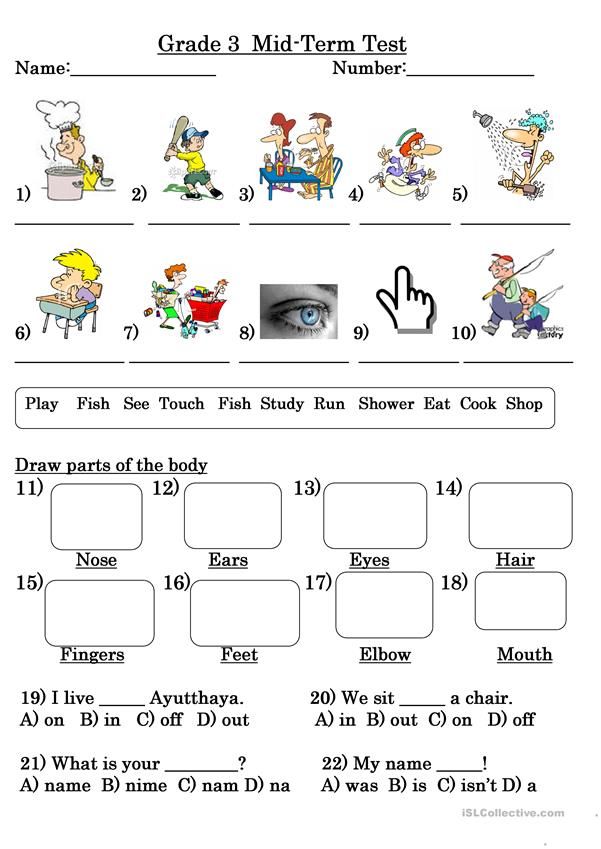 Increased rates are given in parentheses.
Increased rates are given in parentheses.
→ Grade 1: no mark given, student “passed” or “failed”. In the first half of the year, the reading technique may not be carried out.
| Grade | at the end of the first half of the year | at the end of the second half of the year |
| 1 class | at least 10 - 15 (20 - 25) wpm | 2 -> less than 15 (25) wpm by 3 -> 15-19 (25-34) words by 4 -> 20-24 (35-40) words by 5 -> from 25 (41) words |
| 2 cl. | by 2 -> less than 25 (40) words per minute by 3 -> 25-29 (40-48) words by 4 -> 30-34 (49-54) words by 5 -> from 35 ( 55) words | 2 -> less than 40 (50) words per minute 3 -> 40-44 (50-58) words 4 words -> 45-49(59-64) words by 5 -> from 50 (65) words |
| 3 cl. | by 2 -> less than 40 (55) words per minute by 3 -> 40-49 (55-64) words by 4 -> 50-59 (65-69) words by 5 -> from 60 (70) ) words | by 2 -> less than 65 (70) words per minute by 3 -> 65-69 (70-79) words by 4 -> 70-74 (80-84) words by 5 -> from 75 (85) ) words |
| 4 class | by 2 -> less than 65 (85) words per minute by 3 -> 65-74 (85-99) words by 4 -> 75-84 (100-114) words by 5 -> from 85 (115) ) words | by 2 -> less than 70 (100) words per minute by 3 -> 70-88 (100-115) words by 4 -> 89-94 (116-124) words by 5 -> from 95 (125) words |
Other reading parameters 1-4 class
| Grade | at the end of the first half of the year | at the end of the second half of the year |
| 1 class | Conscious, correct reading, simple words are read as a word. Words with a complex syllabic structure can be read syllable by syllable. Words with a complex syllabic structure can be read syllable by syllable. | |
| 2 cl. | Reading consciously, correctly, in whole words. Compliance with logical stresses. Words of a complex syllabic structure can be read syllable by syllable. | Reading consciously, correctly, in whole words. With observance of logical stresses, pauses and intonations. Syllabic reading is undesirable. |
| 3 cl. | Reading consciously, correctly, in whole words. With observance of pauses and intonations, through which the student expresses understanding of the meaning of what is being read. | Reading consciously, correctly, in whole words. With observance of pauses and intonations, through which the student expresses understanding of the meaning of what is being read. |
| 4 cl. | Reading consciously, correctly, in whole words.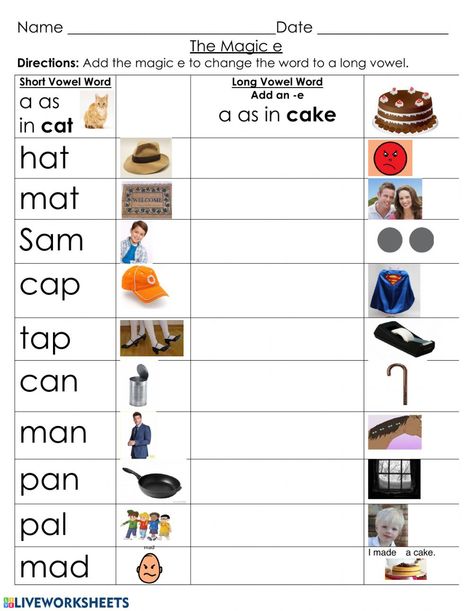 With observance of pauses and intonations, through which the student expresses an understanding of the meaning of what is read, and his attitude to the content of what is read. With observance of pauses and intonations, through which the student expresses an understanding of the meaning of what is read, and his attitude to the content of what is read. | Reading consciously, correctly, in whole words. With observance of pauses and intonations, through which the student expresses an understanding of the meaning of what is read, and his attitude to the content of what is read. |
Criteria when setting an assessment for reading technique:
- Reading by syllables or word completely,
- the presence of errors when reading,
- number of words per minute,
- expressiveness,
- awareness.
can be clicked to enlarge
As you can see, the number of words read is not decisive.
That is, parents need to understand that such a concept as reading speed is only one of the criteria for determining the level of reading technology .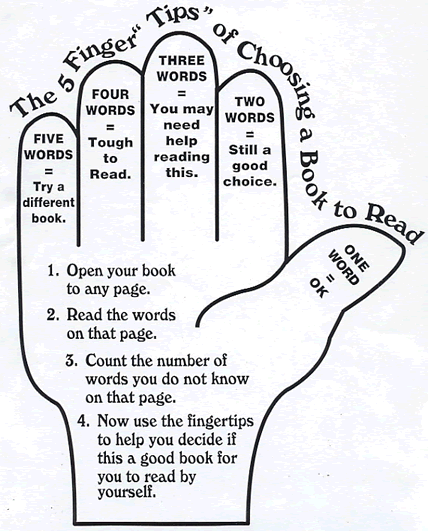 way of reading is checked : the child reads by syllables or the word is read by him smoothly, in its entirety. It is mandatory to check reading comprehension , in other words, whether the student understands what he has read or not. To do this, after reading, a question can be asked about the text, most often “What did you just read about?” and requires a simple answer (a detailed retelling is not needed 😉)
way of reading is checked : the child reads by syllables or the word is read by him smoothly, in its entirety. It is mandatory to check reading comprehension , in other words, whether the student understands what he has read or not. To do this, after reading, a question can be asked about the text, most often “What did you just read about?” and requires a simple answer (a detailed retelling is not needed 😉)
The expressiveness of reading, the presence of errors and / or stammers are also taken into account. Sometimes there is a return to re-reading the previous word, this indicates a lack of awareness and is considered a mistake.
It should also be taken into account that the standards for the speed (rate) of reading may differ depending on the educational institution, the requirements for a student of a gymnasium will be higher, for a student of a correctional class - lower.
The frequency of checking reading technique in elementary school is usually 2 times a year: the end of the first half of the year and the end of the second half of the year.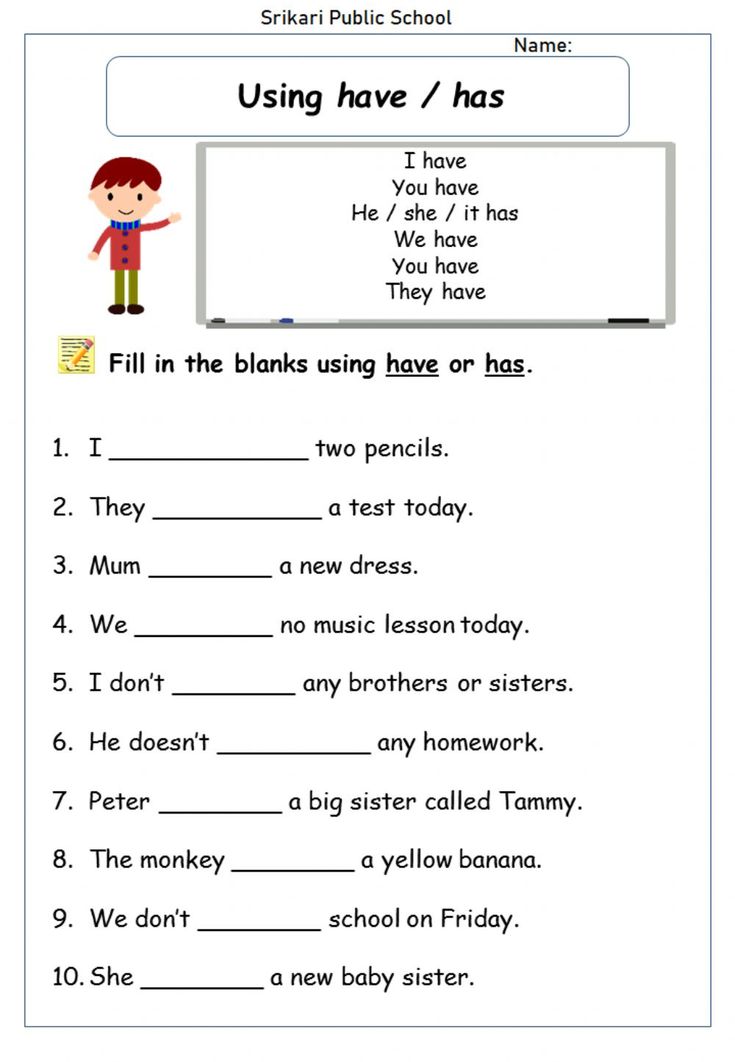 However, in some schools the reading level is checked at the end of each quarter or trimester.
However, in some schools the reading level is checked at the end of each quarter or trimester.
And again! I warn, I exhort - and all the same, the "lion's" part of the students and parents steps on the rake, from which I try to warn.
Understand, memorize, write down and repeat:
No need to speed read! That is, only five words per minute is not good, of course. Some reading speed is needed.
BUT: she, speed, appears as if by itself. The task of the child is simply to read without errors, without stammering or straying, not to swallow the endings and try to observe intonation.
Of course, we are guided by word standards. And yet, do not set the child to "run ahead of the locomotive." Repeat to him a hundred times: you just read and that's it. All!
If you have been reading every day for a year, if your child does not become discouraged when he sees the text, he will pass the reading technique.
The number of words read is not decisive.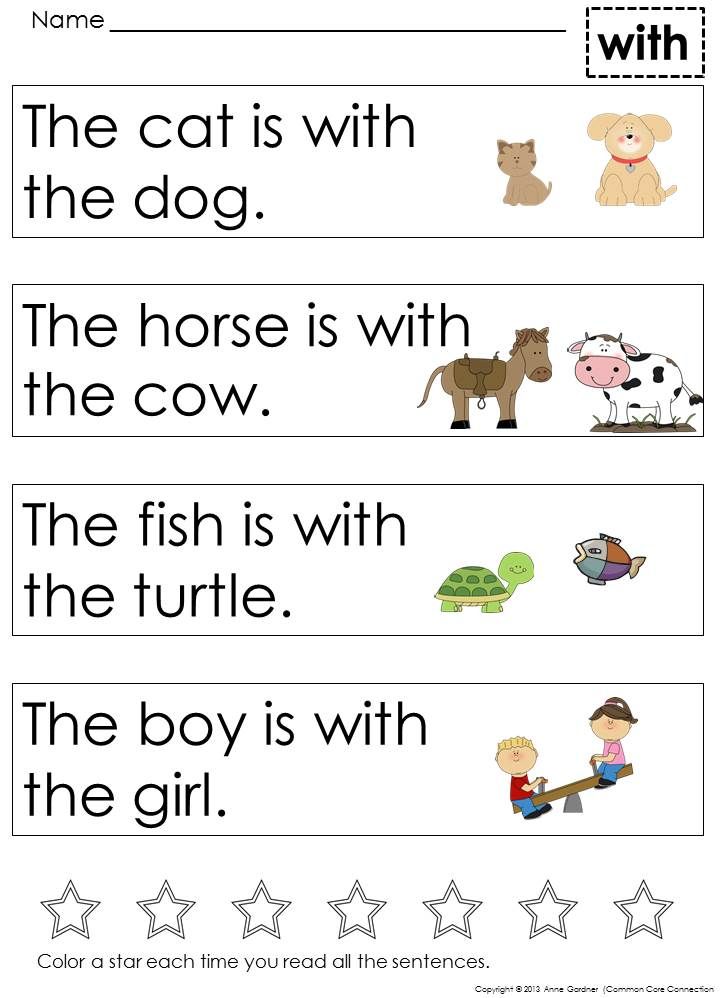
Well… I warned you. Conclusions are up to you, dear parents!
Collection of texts to test reading technique (Grade 3)
Individual test of reading skill (reading aloud) gives the teacher has a fairly complete picture of the level of formation of this skills in younger students.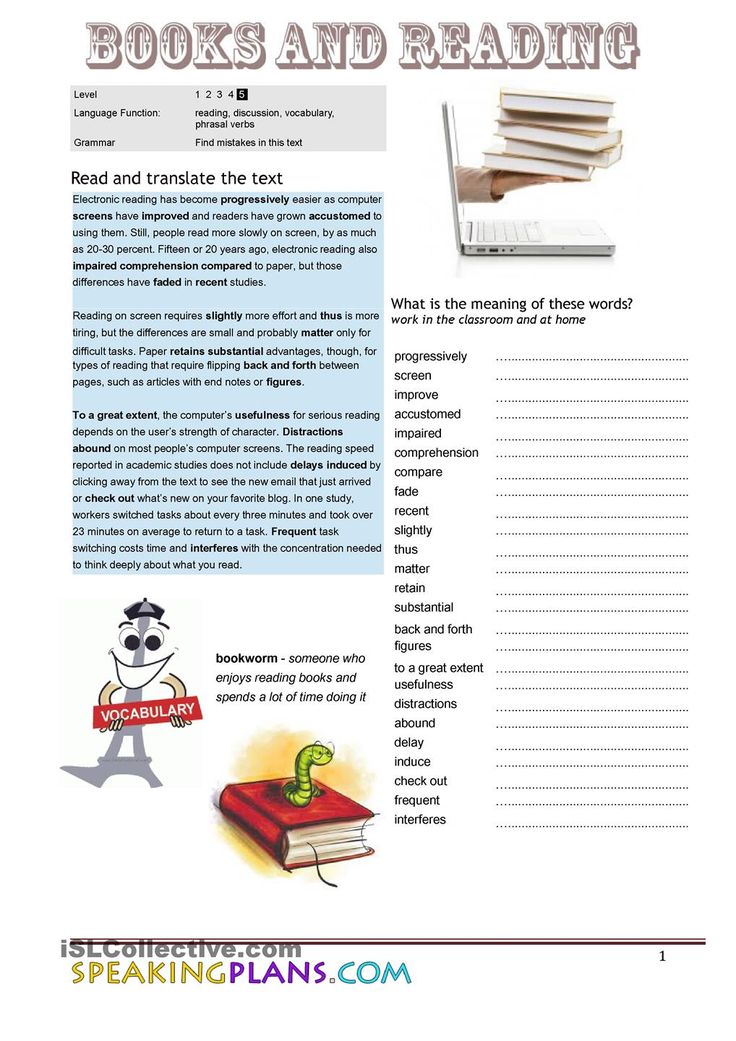 Students are encouraged to read aloud unfamiliar text accessible by content. The teacher by fixing admitted reading errors, determining the number of unreasonable pauses, the time spent for reading, answers to the questions posed, assesses the level of mastering the skill reading by students.
Students are encouraged to read aloud unfamiliar text accessible by content. The teacher by fixing admitted reading errors, determining the number of unreasonable pauses, the time spent for reading, answers to the questions posed, assesses the level of mastering the skill reading by students.
This a collection of texts was compiled to help the teacher. Often when checking equipment Reading has a problem when selecting text. Therefore, when choosing material, I focused on the different level of preparation of the class and each student in separately. Texts can also be used for preliminary preparation for control check of reading technique. Questions are given at the end of each piece. and tasks that allow you to check not only the speed of reading, but also to find out how much the student understood the meaning of the work.
Norms of Reading Technique
Mandatory level:
1 quarter-65 words
2 quarter-70 words
3 quarter-75 words
4 quarter-80 words
9000 9000
Possible level :
1 quarter-75 words
2 quarter-80 words
3 quarter-85 words
4 quarter-90 words
5
5
0002
1 quarter 9000
Level 1
ANIMAL FRIENDS.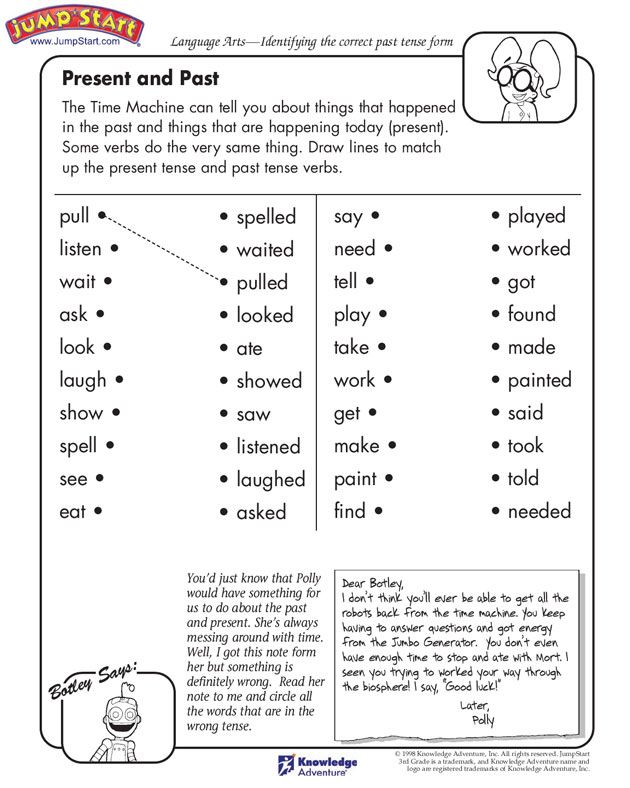
October Seryozha and Vitya were fishing from a boat in a forest river. Vitya threw a fishing rod and froze from amazement.
By river squirrels swam. The animals tried to swim across the river. But a strong current carried them away from coast. The squirrels began to sink.
Boys decided to help the animals. With nets and hands they caught squirrels. Passengers boldly sat in the boat.
Boat filled up. Vitya moored to the shore. The squirrels quickly rushed into the forest. More than an hour the boys labored until they caught the squirrels from the water.
Guys helped animals escape hunger. After all, the squirrels went to look for other forests, where in this year, a lot of nuts, cones, acorns were born.
(G. Skrebitsky)
(90 words)
Questions and assignments:
1. What surprised the boy while fishing?
2. What caused the squirrels to drown?
3.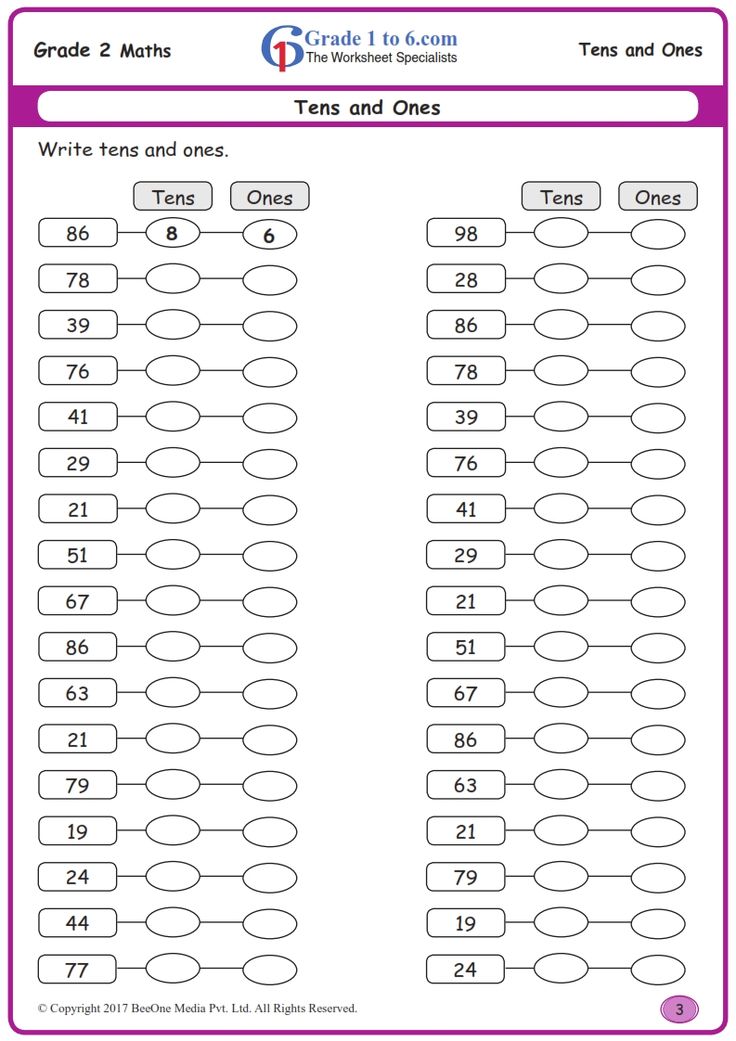 How did the boys help save the animals?
How did the boys help save the animals?
Level 2
WHAT THERE IS DEW ON THE GRASS.
When on a sunny morning, in summer, If you go into the forest, then in the fields, in the grass, diamonds are visible. All these diamonds are shining shimmer in the sun in different colors - and yellow, and red, and blue. When come closer and see what it is, you will see that it is dew drops gathered in triangular sheets of grass and glisten in the sun.
The leaf of this grass is shaggy and fluffy inside, like velvet. And the drops roll on the sheet and do not wet it.
When you inadvertently tear off a leaf from dewdrop, then the drop will roll down like a ball of light, and you will not see how slip past the stem. It used to be that you would tear off such a cup, slowly bring it up to your mouth and drink a dewdrop; and this dewdrop seems to be tastier than any drink.
(L. Tolstoy) (115 words)
Questions and assignments:
1.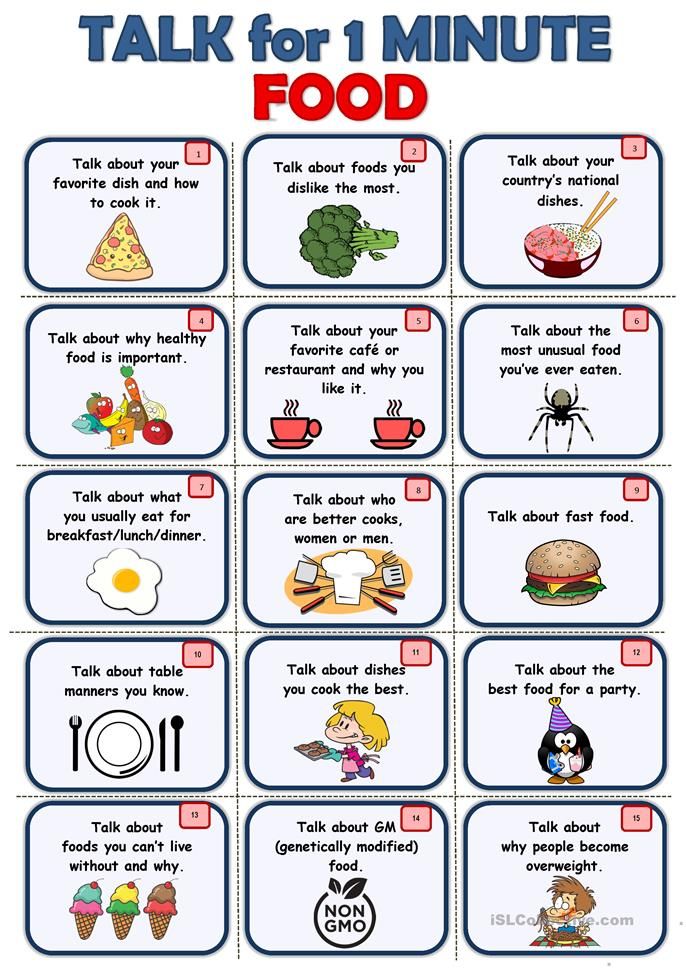 Tell me where and when you can see dew.
Tell me where and when you can see dew.
2. What does she look like?
3. Why does this dewdrop seem tastier than any drink?
FROG AND DUCKS .
Many years ago two Ducks and one Frog were in great friendship with each other. But then the day came when the lake was not enough water, and the Ducks decided to move to another place. The Frog found out about this and became ask her friends to take her with them: she is so used to them that even considers himself one with them. The ducks agreed to fulfill the request of the Frog. They found a plank, put the Frog on it and, taking the plank with their paws for both end, fly. The frog was strictly ordered not to screamed.
They flew over one aul. frog thirsty, and she croaked. The people of the village heard the croaking and began to look up. And when they saw the Ducks, they raised a fuss, began to throw stones at them. Frightened Ducks scattered in different directions and dropped the Frog.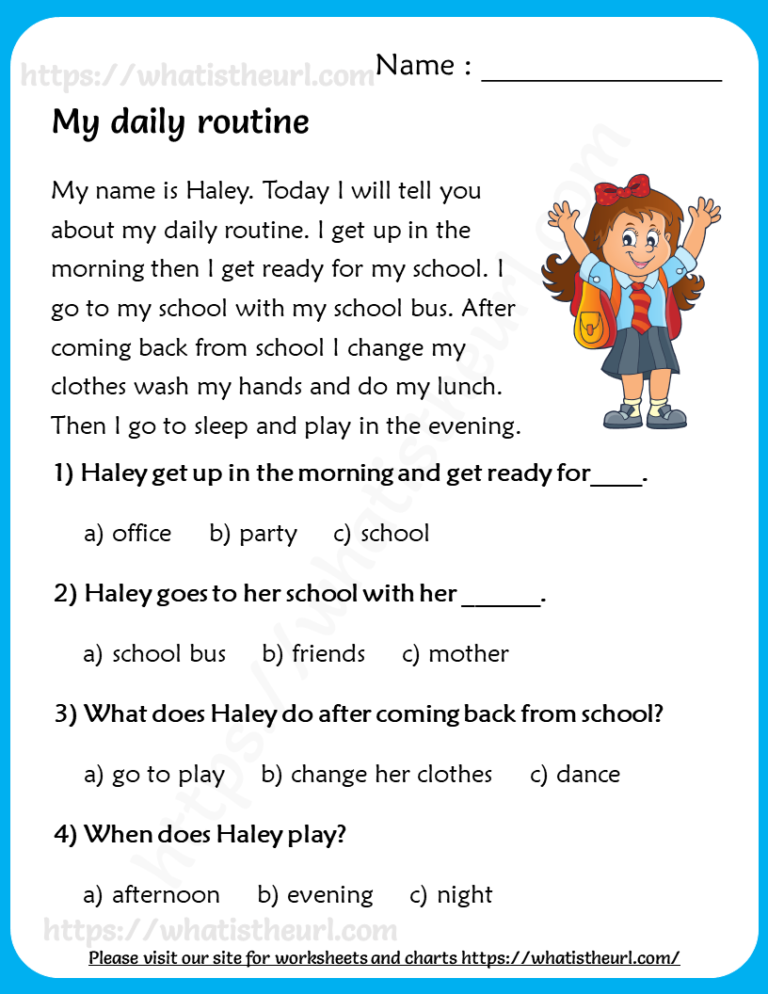
(Kazakh folk tale) (129 words)
Questions and tasks:
1. Why did the ducks decide to move to another place?
2. In what way did the Ducks decide to transport the Frog?
3 Why did the Frog violate the order of the Ducks?
Level 3
GOLDEN MEADOW
golden from many blooming dandelions. It was very beautiful. All They said: “Very nice! The meadow is golden.
One day I got up early to fish and noticed that the meadow was not gold and green. When I returned home about noon, the meadow was again all gold. I began to observe. By evening the meadow turned green again. Then I went found a dandelion, and it turned out that he squeezed his petals, as if if our fingers were yellow on the side of the palm and, clenching our fists, we would close yellow. In the morning, when the sun rose, I saw dandelions open their palms, and from this the meadow becomes golden again.
Since then, dandelion has become one of the most interesting for us flowers, because dandelions went to bed with us children, and with we got up.
( M. Prishvin )
( 140 words )
Questions and tasks:
1. Why was the meadow called golden?
2. At what time of the day did the meadow turn green?
3. Why dandelion has become one of the most interesting colors?
HOW THE BADGER AND THE MARTEN WERE SUITABLE
Once a badger and a marten were running along forest path and saw a piece of meat. They ran to their find.
- I found a piece of meat! - shouting badger.
– No, I found a piece of meat! - shouts to the whole forest marten.
Badger own:
- I found this! Nothing to argue!
Marten:
- I saw it first!
So they argued and argued, almost tore themselves apart.
Then the badger said:
– Let's go to the judge. Let us judge judge.
And the fox was the judge in this forest. listened to fox badger and marten and says:
- Give me your find here.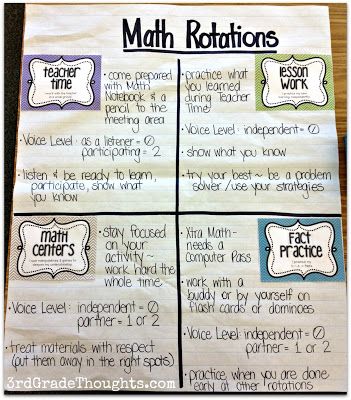
The debaters gave the judge a piece of meat. The fox said:
- We need to divide this piece into two equal parts. Let the badger take one part, and the marten the other.
With these words, the fox tore the piece into two pieces.
– It’s not fair, whined badger.
- The marten has a larger piece.
– We will correct this trouble now, – said the cunning fox and bit off a fair amount of meat from the marten's share.
- Now the badger has a larger piece - screamed the marten.
- It's not fair!
– Never mind, we will fix this problem too! I I like everything to be fair.
Having said this, the fox again bit off a piece of meat, only this time from the share of the badger. Now it turned out that the marten had a piece larger than the badger. But the fox is not confused and bit off a piece of marten.
And so she leveled the piece until there was nothing from the find left.
Apparently, smart people tell the truth: greedy and uncompromising always at a loss there are.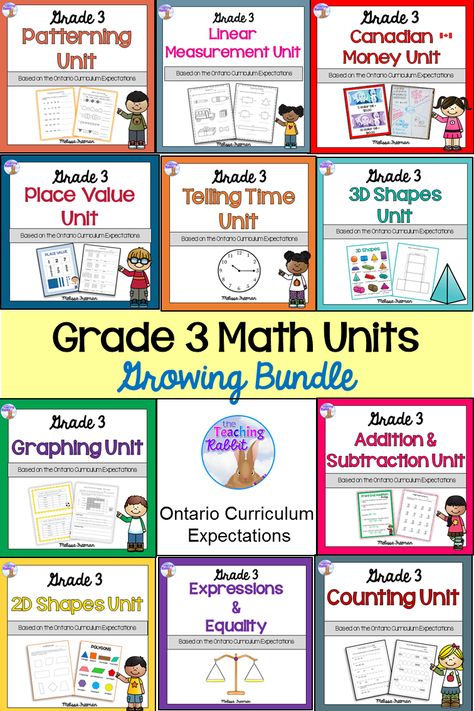
( 226 words )
Questions and tasks:
1. Where, Where does the events described in the text take place?
A) In the meadow;
B) in the forest;
B) in the field;
D) in the village.
2. Due to Why do animals have a dispute?
A) They did not know how to share the find;
B) were afraid to deprive each other;
C) found out who found the piece of meat.
3. Identify what meaning does the author put into the expression nearly torn ?
A) Nearly torn to pieces;
B) nearly got into a big fight;
C) almost made a hole.
4. Who held judgment in this forest?
A) Fox;
B) bear;
C) wolf.
5. What the definition given to the fox in this text?
A) sly;
B) cheat;
B) red-haired robber.
6. What human vice condemns the people in this work?
A) Greed;
B) cunning;
C) cowardice.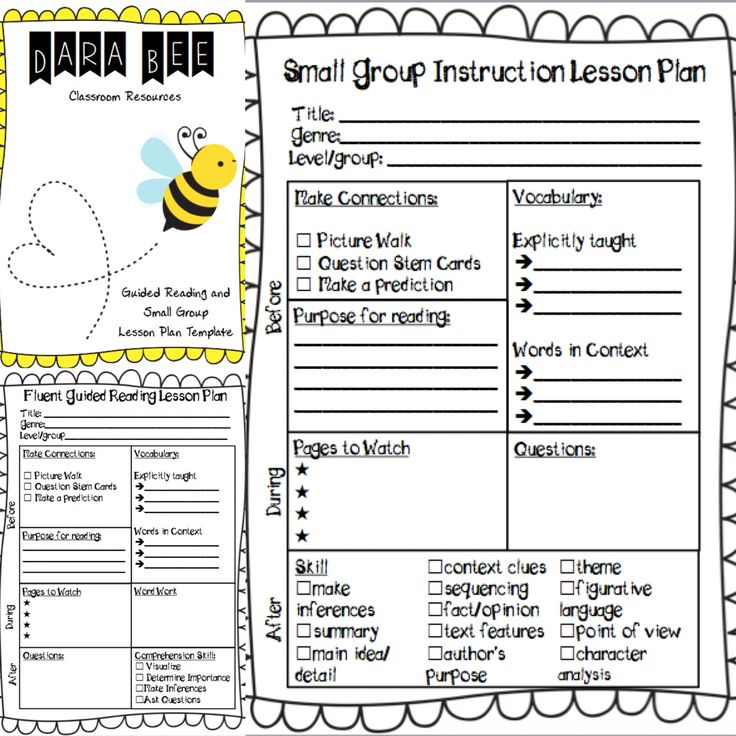
2nd quarter
Level 1
BELA AND WOLF.
The squirrel jumped from branch to branch and fell right on sleepy wolf. The wolf jumped up and wanted to eat her.
Squirrel began to ask:
- Let me go.
The wolf said:
- All right, I'll let you in, just tell me why you squirrels are so cheerful. To me it's always boring, but you look at you - you're all playing and jumping up there.
The squirrel said:
- Let me go up the tree first, and from there I'll tell you, otherwise I'm afraid of you. Wolf let him go, and the squirrel went up the tree and said from there:
- You are bored because you are angry. Anger burns your heart. And we are happy because that we are kind and do no harm to anyone.
( L. Tolstoy)
(103 words)
Questions and assignments:
1. What story happened to the squirrel?
2.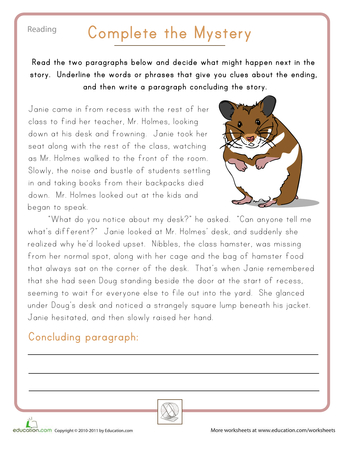 What question tormented and tormented the wolf?
What question tormented and tormented the wolf?
3. What did the squirrel answer him?
4. What feelings did the forest animals experience, the squirrel and the wolf, when did you meet in the forest?
SWORD AND ROSE.
Somehow the Sword and the Rose had an argument. The sword said:
- I am stronger! I will not be bent by the most evil hurricanes and storms. And you are weak and thin. You will quickly disappear!
- Why do you offend me so? Rose said. - Because I'm like that. gorgeous!
- What's the use of your beauty? – observed Sword with mockery.
At that moment, an old man appeared on the road, and Rose said to the Sword:
- Let's ask the old man!
The sword agreed and asked the Wise Man:
- Judge us, tell us who is more useful for a person - in a sword or in rose?
The sage thought for a moment and said this:
- A man on earth needs both a rose and a sword together. The sword protects him from dangers, but the rose brings joy to the human heart.
Sword and Rose rejoiced at what the Sage said and stopped argue.
(123 words)
Questions and tasks:
1. Why The sword was so dismissive of the lush Rose?
2. How did the Sage judge the dispute between the Sword and the Rose?
3. Read the most important words of the text. How do you understand them?
Level 2
UNCLE AU.
Second story "Mr. Au and the sick tree".
Uncle Au woke up cheerful in the morning.
He looked out the window. A yellow leaf flew past the window. Mr. Au shuddered.
"What? The apple tree must be sick. Every fall, this tree loses its leaves. I have to help him."
He found in the drawers a band-aid, a needle, thread, scissors, grandfather's medicine for cough and baldness and went outside.
It was surprisingly light outside. Yellow leaf caught on a thorn roses. Under the apple tree lay other yellow, red leaves.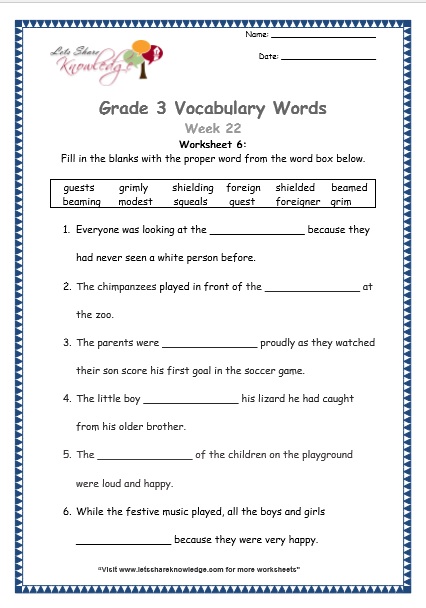
Uncle Au brought a ladder and carefully climbed it. He glued the leaves with a plaster, sewed them to the branches, wrapped them with threads and dyed into green. Then he poured all the medicines on the roots of the tree and returned home.
"Good for me!" Uncle praised himself.
He even wrote a poster on a piece of paper: "THE WOOD TO BE GREEN!" - and walked with this poster around the apple tree until it got dark.
By evening he was so tired that he went to bed. He lay and dreamed: "If the tree will be with leaves all winter, then I will have winter apples".
He was pleased with himself, Mr. Au!
( H. Myakelya, E. Uspensky )
( 160 words )
Questions and tasks:
1. What do you think, who is Mr. Au, or Uncle Au? Describe it.
2. What did you find amusing about his behavior?
3. Find and read Uncle Au's slogan. What a noble feeling he put into your slogan?
4. What pattern in nature was this fairy-tale hero trying to prove? How will his idea run out?
5.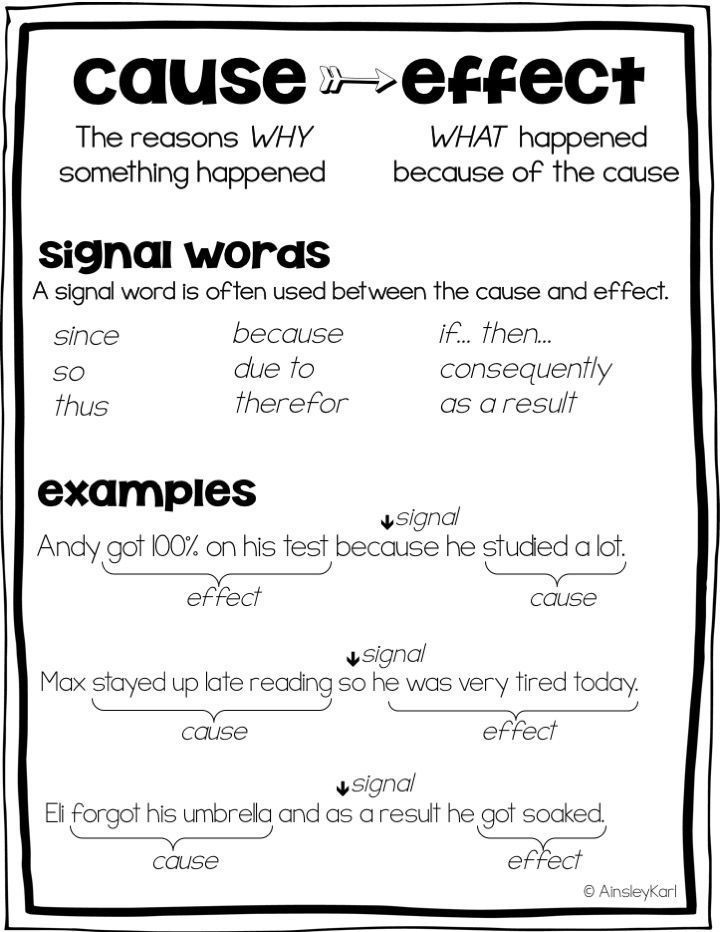 We advise you to read this interesting book.
We advise you to read this interesting book.
Level 3
PUZZLE.
The weather was terrible. The last darkened autumn puddles. A pensive sparrow stood near a puddle. He is so tense thought his feathers were moving. Sparrow could not understand why those snowflakes that fall on the asphalt lie - sparkle, and those that are in a puddle - disappear. Why? Unclear.
Solving the riddle, the sparrow paid no attention to anything. In vain: a skinny stray cat had been following him for a long time.
"Now," thought the cat, "jump and..." He gathered himself into a tight ball and jumped.
Sparrow was so busy with snowflakes that he wasn't even scared.
- Don't interfere! - the sparrow waved its wing and hit the cat in the eye.
The cat was surprised and indignant.
- Do you understand who I am? he hissed.
Sparrow finally understood and was frightened, but continued to follow snowflakes. “Well, well,” the hungry cat was surprised.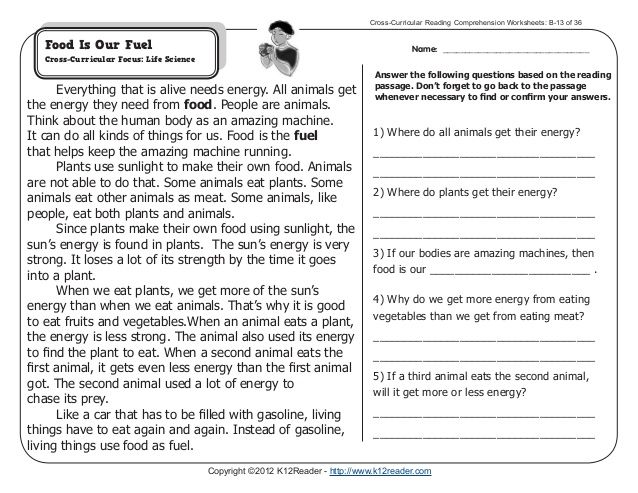 Why don't I eat it? Something prevented the cat from rushing at the sparrow.
Why don't I eat it? Something prevented the cat from rushing at the sparrow.
“We’ll take it…” he said hesitantly and suddenly became interested: “What are you staring into a puddle?
- It's a miracle, - the sparrow timidly backed away. - A puddle of snowflakes swallows. - AND suddenly took off.
And the cat was no longer up to the sparrow. He was very interested in the mystery. snowflakes. He sat by the puddle and thought: “Why is that? A snowflake fell on the asphalt - sparkles, fell into a puddle - disappeared. Why so? But why? Unclear".
(N.K. Abramtseva)
(188 words)
Questions and assignments:
1. How did the author show us the sparrow? Tell.
2. What riddle captivated the thoughtful little sparrow?
3. How did the author show the cat at the beginning of the text?
4. What miraculous transformation happened to the cat? Why?
5. What is the genre of this work?
6.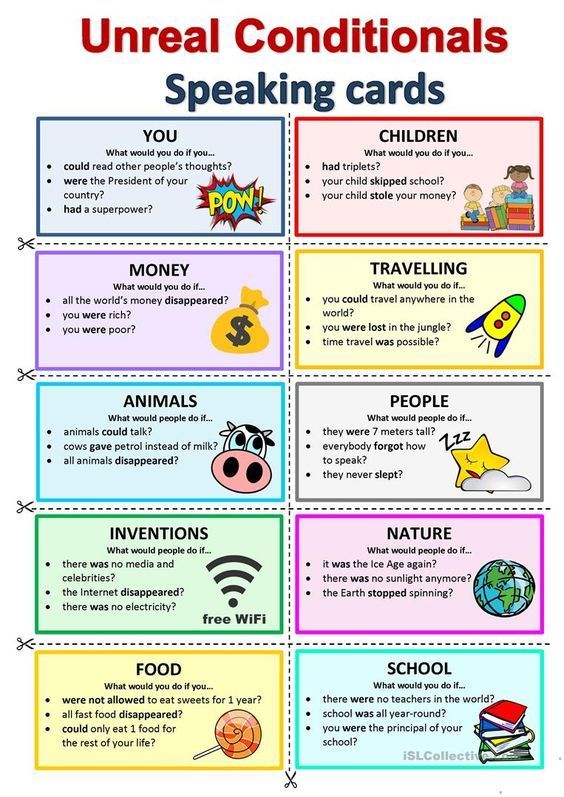 How would you solve this riddle?
How would you solve this riddle?
SMART MOTHER LARK
sown field. When the summer passed, the baby larks grew up. Wheat too grew.
And then one day the owner went out into the field, looked at the wheat and said to his son: “I think it's time to put away the bread. Tomorrow I will ask the neighbors to come help me".
The little larks heard these words and ran to their mother: “The owner wants to harvest tomorrow. We are afraid that he will destroy our nest. Let's fly away from this field today!" “Today we are still out of danger,” she said. lark mom. “We can stay here one more day.”
The next morning the owner and his son went out into the field. They were waiting for a long, long time, but not a single neighbor came to help them. Everyone was busy with their fields.
The next day the owner and his son went out into the field again. Master looked at the wheat and said, “Indeed, it is time to harvest it.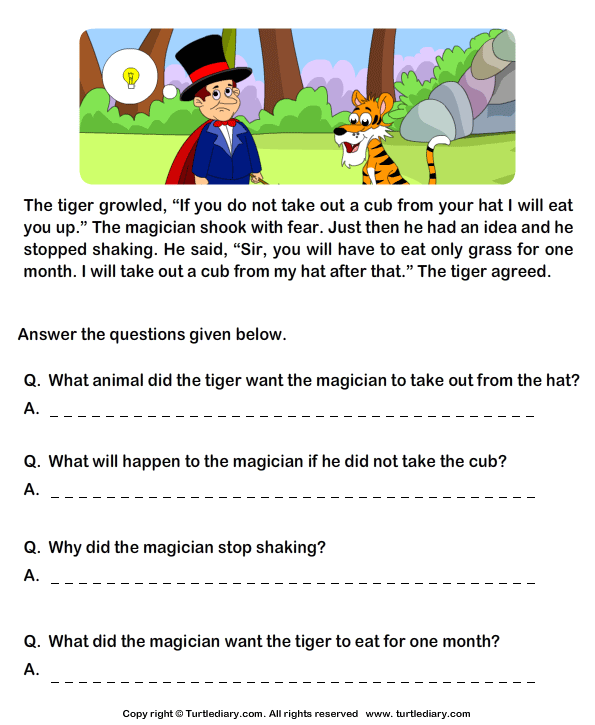 Now I will ask my brothers and sisters to come and help me."
Now I will ask my brothers and sisters to come and help me."
The little larks heard these words. They got scared and run to mom. "Mother! they shouted. The owner wants to clean up the bread tomorrow. He going to call for help from his brothers and sisters.
"Don't be frightened," said the early mother. - There are still dangers No. We can safely stay here one more day."
Indeed, the next day, neither the brothers nor the sisters of the owner did not come. They all said that, unfortunately, they were very busy with their own fields. On the third day, the owner got up early in the morning, went out into the field and began to work. one.
When the mother-lark saw this, she said: “Now we it's time to fly away. 'Cause the deed is only done when the man does it himself, and does not wait for others to do it.
( Aesop )
Questions and assignments:
1. How do you understand the expression: The lark family has made its nest ?
Built;
fashioned;
dug out.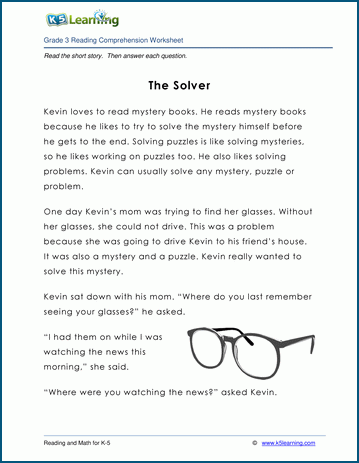
2. At what time of the year do the events described in the text take place?
Winter;
in spring;
in summer;
in autumn.
3. What kind of crop was planted in the field?
Rye;
oats;
wheat.
4. Why did the little larks tell their mother to fly away from the field?
It's time to fly to warm the edges;
were afraid that they would destroy their nest;
was low on food.
5. Why did neighbors and relatives refuse to help the owner of the field?
Were employed on our own fields;
were offended by the owner fields;
considered that the harvest is still not mature.
6. Think Which expression best helps to understand the main idea of the text?
Things are done only when when a person does it himself, and does not wait for others to do it.
Whoever gets up late has bread is missing.
Winter will ask what stocked up in autumn.
3rd quarter
Level 1
WHY WOULD A SQUIRREL TAIL?
Two schoolchildren were walking through the forest.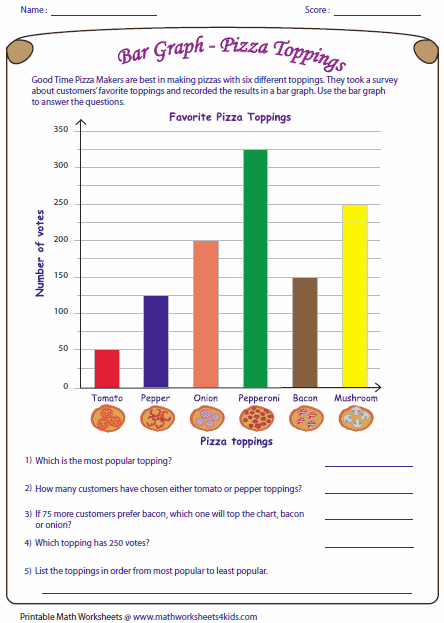 Caught a squirrel in the forest. Their many in our forests. The squirrel is beautiful, the tail is large, fluffy.
Caught a squirrel in the forest. Their many in our forests. The squirrel is beautiful, the tail is large, fluffy.
The schoolchildren argued which of them was the first to catch the squirrel. Squirrel endured, endured and even bit the schoolboy who held it in his hands. And she ran away.
The schoolboy cried.
Then I came up and asked:
- Why does a squirrel need a tail?
“For beauty,” one of them said uncertainly.
- In order to fly from tree to tree, - said the second.
- Right! .. - I said. – What else?
They could not answer me anything.
Two or three days have passed. I look - my familiar boys.
"Come with us," one said.
"We'll show you something," added the second.
It was raining outside. We entered the forest.
- Look! Look there! the boys whispered.
A squirrel was sitting on a branch. It was raining, but the squirrel covered himself with his tail, and she did not seem to be afraid.
- Ours, - the guys whispered.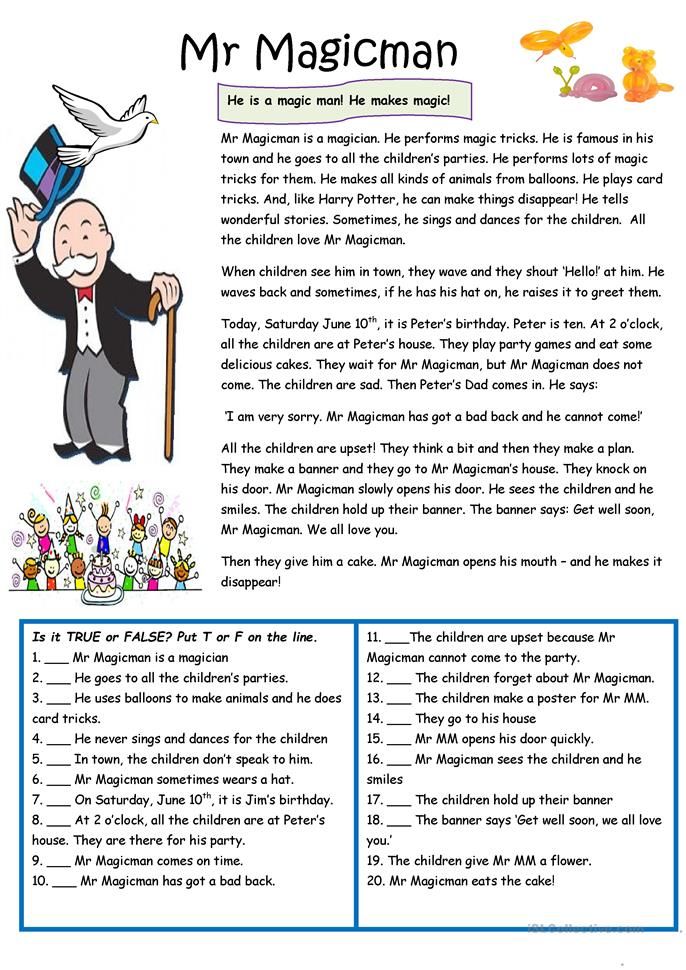 Now we know why the squirrel has a tail.
Now we know why the squirrel has a tail.
- You see, - I said, - and for beauty, and in order to fly from a tree to a tree, and for warmth, a squirrel needs an umbrella tail and a coat tail.
(168 words)
Questions and assignments:
1. Why did the guys manage to catch the squirrel?
2. What were the children arguing about?
3. Why the guys really wanted to show the squirrel to a familiar person once?
4. Briefly retell the text.
Level 2
FOREST ECHO.
I was then five or six years old. We lived in the village.
One day my mother and I went to the forest for strawberries. Strawberries were born that year so many. She grew up in an old forest clearing.
As I remember this day now, although more than fifty have passed since then years. The day was sunny and hot. But as soon as we approached the forest, suddenly ran blue curly cloud. A heavy rain fell from it.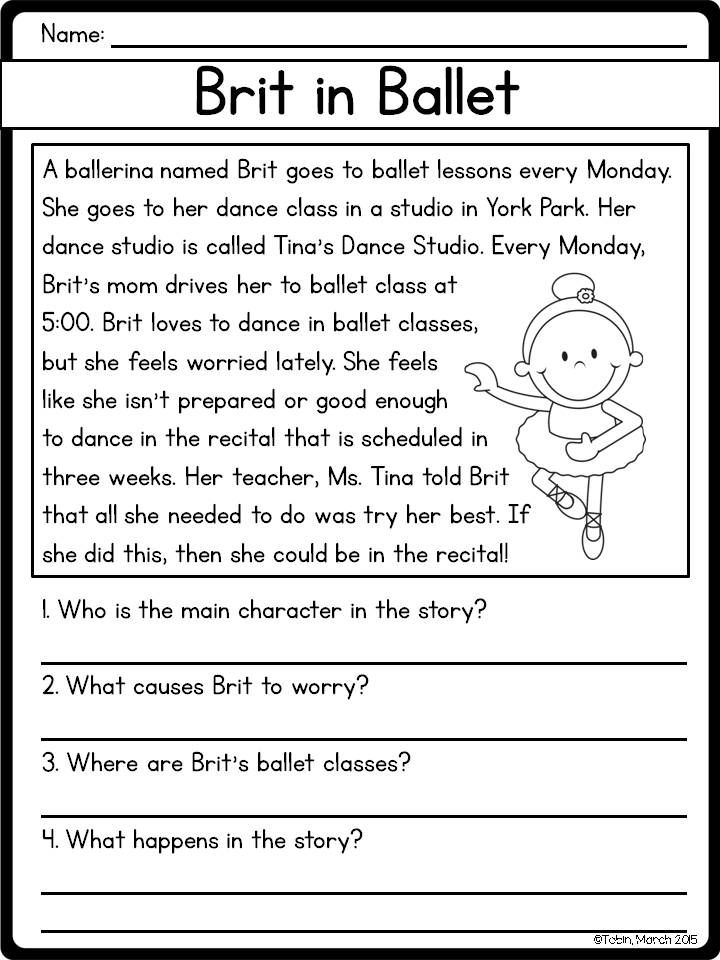
And the sun kept shining. Raindrops fell to the ground, hard splashed on the leaves. Then they hung on the grass, on the branches of bushes and trees. IN each drop reflected, played the iridescent radiant sun.
Mom and I stood under a tree, and the warm rain had already ended.
“Look, Yura, how beautiful it is,” my mother said, coming out from under the branches.
I took a look. Stretched across the sky in a colorful arc rainbow. One end of it rested against our village, and the other went far into river meadows.
- Wow, great! - I said. - Just like a bridge. Here's a run through it!
- You better run on the ground, - mother laughed, and we went into the forest to collect strawberries... A light steam came from the ground.
- Aw! Ay! I shouted.
"Aw! Ay! -, responded from the forest distance.
- Don't be afraid, it's an echo! Mom said.
I feel good and calm with my mother.
(G. Skrebitsky)
(194 words)
Questions and tasks:
1.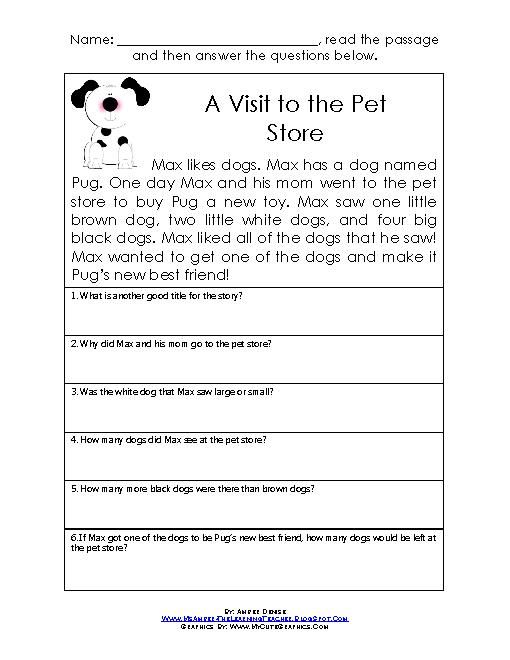 About what childhood memories told us the author?
About what childhood memories told us the author?
2. When a rainbow appeared and what did it look like?
3. What feelings and desires arose in the boy?
4. Why Mom smiled and what did she teach her son?
5. What character traits in childhood helped the boy later become great a writer?
UNDER THE TREE.
I'll tell you how it was in the forest before most rain. There was such silence that it seemed that every leaf, every the needle struggled to be the first and catch the first drop of rain.
I saw a Christmas tree. She grew up in the shade, and that's why she had branches lowered down. Under the tree turned out a good hut.
It is impossible to convey the charm of being in the forest under the tree during warm summer rain. Crested hazel grouse, driven by rain, burst into the middle of our thick Christmas tree and sat down under the very hut. Quite in sight underneath a finch settled down like a twig.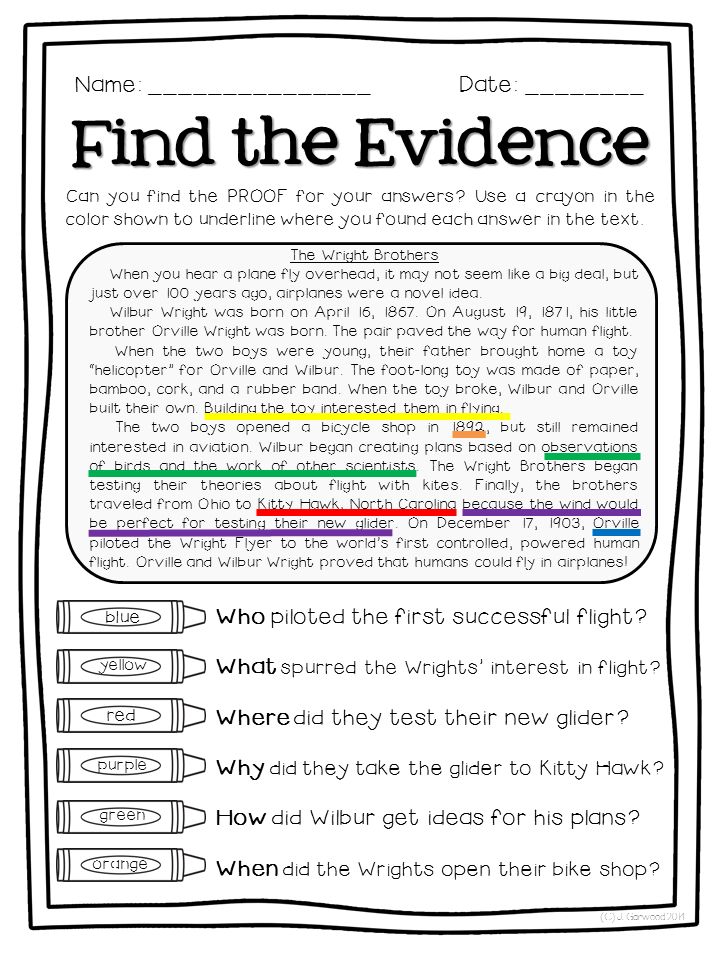 The hedgehog has arrived. A hare hobbled past. And for a long time the rain whispered, whispered something to our tree ...
The hedgehog has arrived. A hare hobbled past. And for a long time the rain whispered, whispered something to our tree ...
And we sat for a long time, and everything was as if the real owner of the forests he gave each of us a cozy place and separately whispered to each of us, whispered, whispered in my ear...
But the rain stopped and a warm gentle sun came out.
(According to M. Prishvin)
(129 words)
Questions and tasks:
1. As an author describes a forest waiting for rain?
2. Who hid from the rain under a thick hospitable spruce?
3. Dream up: if you were in such a hut, what do you feel good about I would think under the spruce?
level
WHIP.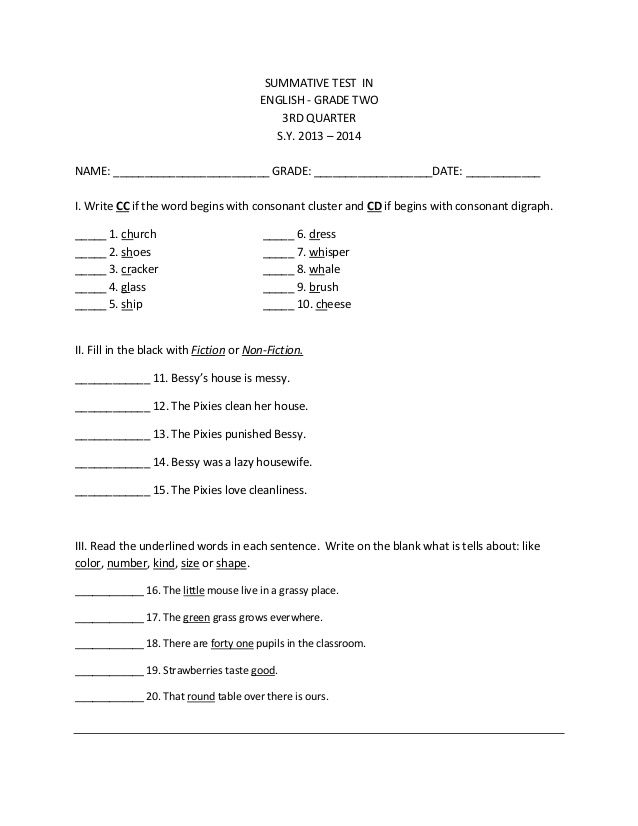
- Grandfather, look what a whip I found! Grandfather raised his glasses to his forehead. - Look, you are a belt! And, in any way, woven into six ends.
I swung the whip and clicked loudly.
- Clever... And where did you find it?
- And on the road.
- And you don't know whose whip it is?
I shrugged as naturally as possible. Although I certainly knew whose whip is this. Grandfather Egor! He just went to the station yesterday and, apparently, dropped him, returning drunk in the evening. Grandfather sighed:
- The day has just begun, and you have already sinned twice: someone else took the whip for me too lied.
And again he began to beat off the scythe. When finished, he called me:
- Hey, Vovk, I keep thinking, where are you going to crack this whip. On street is not allowed. Suddenly Egor will see or the guys. And they will tell him. IN garden, right? But you can’t swing there - there is no space. This is how it turns out - you need to hide it.
In the evening, at the samovar, grandfather again spoke of the whip.
- Well, have you thought about where you are going to hide it? Under the pillow it's like most reliable...
I blushed. I was just thinking about exactly this - where to hide the whip. And grandfather continued, slowly sipping from the saucer:
- Taking someone else's thing is a simple matter. But hide it so that the owner does not I saw - here you need to think hard. But you are a big head. Mother says - you study for one five ...
Red and sweaty - not from hot tea, but from grandfather's mocking eyes - I slowly got down from the bench, in the entrance hall I took a whip and went out gardens.
Finally clicked there, and without any pleasure, wandered country path to the house of grandfather Yegor. And then he suddenly ran: so I I wanted to get rid of this ill-fated whip as soon as possible.
(V. Volkov)
(261 words)
Questions and assignments:
1.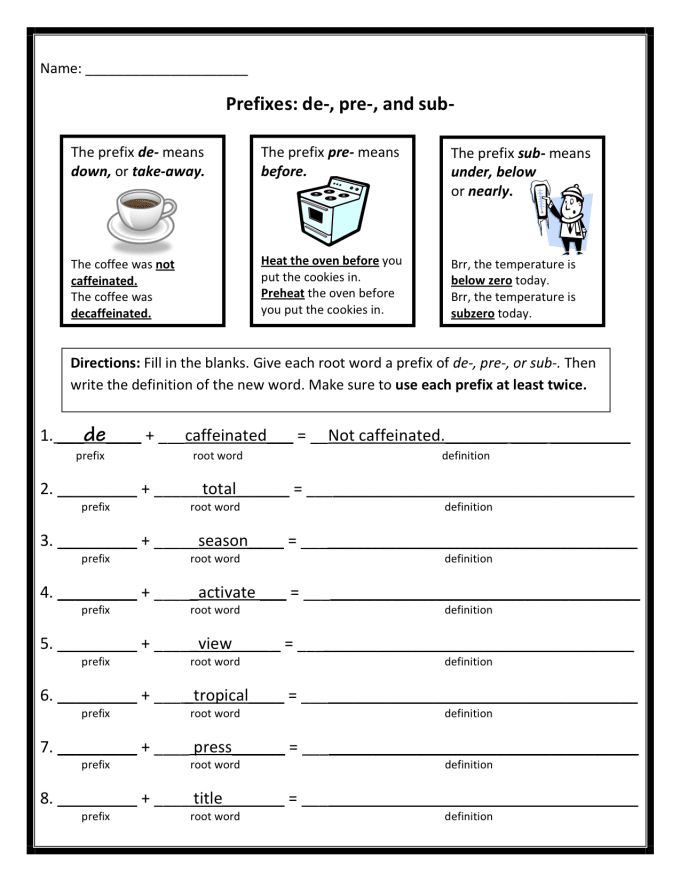 Where do the events described in the text occur? Justify your answer: write out the words from text confirming your choice.
Where do the events described in the text occur? Justify your answer: write out the words from text confirming your choice.
a) In the city;
b) in the village.
2.B What time of day do the events described in the text take place?
a) In the morning;
b) morning, afternoon, evening;
c) in the morning, in the evening.
4. What find does the grandson show off to his grandfather?
5. Where did Vovka find the whip?
6. What was the joy of owning a whip?
a) Clicking loudly;
b) brag to the guys;
c) store under the pillow.
7. What sins, according to the grandfather, did the grandson commit?
8. Why, according to grandfather, you can not snap a whip in the street?
9. What advice did the grandfather give to his grandson?
10. Why did Vovka want to get rid of the ill-fated whip?
11. What moral lesson did the grandson learn?
Merry cuckoo.

Gunnar and Gunilla's mother sighed.
- Mom, what time is it? - with this question, the children turned to their mother and father every hour.
Dad is also tired of fulfilling the incessant requests of the children, even he!
“I think,” he decided, “to buy the children their own watches.
And tomorrow.
Dad brought the clock and immediately hung it on the wall. And told that These cuckoo clocks are made in Switzerland.
An amazing gift, thought Gunnar and Gunilla.
When the hands of the clock struck ten, the cuckoo jumped out and sang ten times.
- How do you think she knows how many times she needs cuckoo? Gunilla asked.
- Of course, why. This mechanism works.
But then a real miracle happened. The window opened and from there jumped out a small wooden cuckoo.
- I know mathematics well, so I can count well, - the cuckoo spoke.
“She... she can count,” Gunnar whispered.
- Of course, I can also speak, - cuckoo cuckooed. She flew down and sat down on the back of the bed.
She flew down and sat down on the back of the bed.
- Aren't you attached to a watch? the children asked.
- Of course not. It's just the way people think. Only mom shouldn't speak. This is a secret that only children can know, - the cuckoo answered and disappeared into the clock again.
The cuckoo flew out the window many times and each time brought gifts to the children.
But then mother came in. She wished the children good night. At the same In a moment the window opened and a cuckoo jumped out and sang. She sang and sang and then cuckooed twenty-six times. Mom was stunned.
"The mechanism must have gone bad," she said. And the children, climbing under blanket, laughed out loud. After all, only children are supposed to know about miracles.
(A. Lindgren)
(245 words)
Questions and assignments:
1. How parents decided to get rid of numerous questions of children?
2. What was it for an "amazing gift"? Describe it.
What was it for an "amazing gift"? Describe it.
3. What the secret was revealed to the children?
4. Compose outline of this text.
4th quarter
1st level
WHICH IS EASIER.
Three boys went to the forest. In the forest mushrooms, berries, birds. The boys were walking. Didn't notice how the day went by. will fall Houses!
So they stopped on the road and think what is better: to lie or to tell the truth?
“I will say,” says the first, “that a wolf attacked me in the forest. frightened father will not scold.
- I'll tell you, - says the second one, - that I met my grandfather. The mother will be happy and not will scold me.
- And I'll tell the truth, - says the third. It's always easier to tell the truth because it's true and you don't need to invent anything.
So they all went home. Just said the first boy father about the wolf - look, the forest watchman is coming.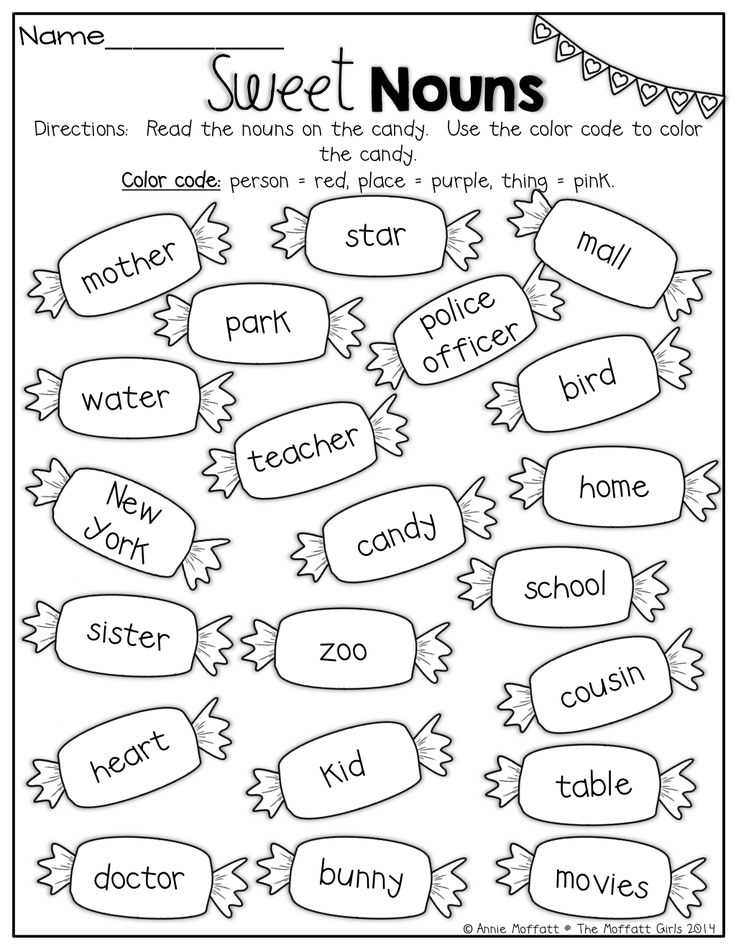
- No, - he says, - there are wolves in these places.
The father got angry. For the first guilt he got angry, but for a lie - twice.
The second boy told about his grandfather. And grandfather is right there - he is coming to visit.
Mother found out the truth. I got angry for the first guilt, but for a lie - twice.
And the third boy, as soon as he came, he confessed everything from the threshold. My aunt grumbled at him and forgave him.
( V. Oseeva )
( 157 words )
Questions and assignments:
1. Why Did the boys notice how the day went?
2. Why were the parents angry with the first and second boys?
3. Why is it always better to tell the truth?
2 level
Mount HARE.
more unfortunate than me, he says to himself, who only does not hunt for me: and a man and a dog, and a wolf, and a fox, and a hawk, and a goggle-eyed owl, even a stupid crow, and that takes away my children.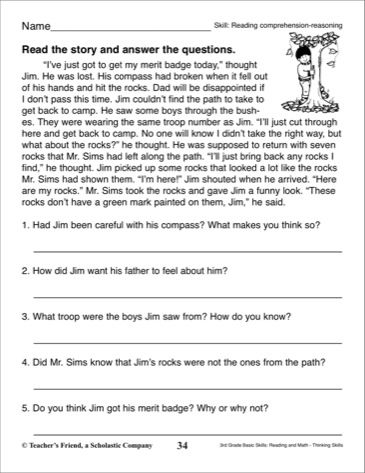 I have nothing to defend. I can't jump like a squirrel trees. I can't dig a hole like a mouse. My teeth are sharp, but to bite the enemy lacks courage. It is worth hearing a rustle, and my heart is already pounding from fear, and I run without looking back. True, it's not so easy to catch up with me, and that's good, that my tail is short: the dog will not grab it. But still there is no salvation for me, In less than a year, I will be caught and killed. I live in fear all the time! How so to live, it is better to die!”
I have nothing to defend. I can't jump like a squirrel trees. I can't dig a hole like a mouse. My teeth are sharp, but to bite the enemy lacks courage. It is worth hearing a rustle, and my heart is already pounding from fear, and I run without looking back. True, it's not so easy to catch up with me, and that's good, that my tail is short: the dog will not grab it. But still there is no salvation for me, In less than a year, I will be caught and killed. I live in fear all the time! How so to live, it is better to die!”
In desperation, the Hare ran to the river drown. He ran to the very shore and heard something jump out of him. from under his feet and flopped into the water. Hare guessed that it was a frog, and became thoughtful: “Wait, you see, I'm not the most cowardly in the world. It turns out that there are creatures who are afraid of me. Besides, they don't know how to run, I can even crush them. And they don't have warm skin. But they live and are not going to die! Why then I have to drown? No! I'm not the most cowardly in the world yet.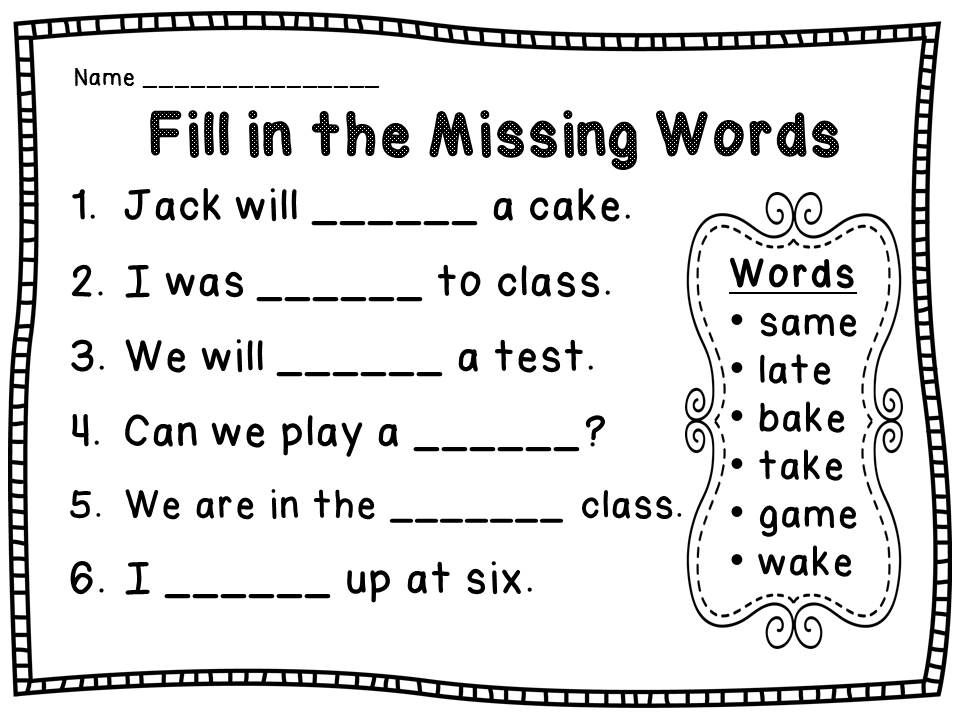 I still have to I will live!” - exclaimed the Hare and merrily ran along the road.
I still have to I will live!” - exclaimed the Hare and merrily ran along the road.
(Kazakh folk tale)
(232 words)
Questions and assignments:
1. Why Hare considered himself the most unfortunate?
2. Like a frog changed the opinion of the hare about yourself?
3. What does it teach fairy tale?
CHIZHIK - PYZHIK.
In autumn, Mavrik begged his grandmother to buy him a siskin, and grandmother bought. "Here's your Chizhik-Pyzhik," she said and put it on a large cage table. - Take care of him. Don't forget to drink and feed. And will come spring - release.
Mavrik was delighted: now Chizhik-Pyzhik will not have to freeze in the wind and fly tired from place to place to get food.
Every week, Mavrik cleaned the cage, changed the water in the drinker and poured plenty into grain feeder.
Chizhik lived in the warmth all the long winter. And when spring came Mavrik took a cage with a chizhik through the whole city into the forest.
I fell in love with a stump, put a cage on it and opened the door. And you stepped aside.
- Fly, Chizhik-Pyzhik, fly free!
Chizhik jumped onto the threshold of the cage... and back into the cage.
- Why don't you fly, stupid?
And then the siskin seemed to understand what they wanted from him, flapped his wings and fluttered out of the cell. I looked around, and then I heard the call of a chizhin and flutter-flutter -
from branch to branch, from tree to tree - flew into a birch grove ...
(E. Permyak)
(162 words) Questions and assignments:
1. What did you want to get a boy for a gift? Who fulfilled his cherished dream?
2. What season did the siskin live near Mauritius? Support your thoughts with words from text.
3. Read the passage about how Mavrik released the siskin at will.
4. How did you feel when you read how the boy let out free bird? Why did you think so?
5. What proverb did you remember in connection with the plot of this passage?
What proverb did you remember in connection with the plot of this passage?
Level 3
THIS FABLE IS ABOUT YOU.
Yes, the ingenious way was invented in ancient times by the sages, how, without causing a direct offense to a person, nevertheless tell him the truth in the eye. They gave people a glimpse into a wonderful mirror in which all kinds of animals and strange things, which were a spectacle as entertaining as instructive. The sages called this mirror a fable, and no matter what the animals do, everything reasonable and stupid people involuntarily attributed to themselves and at the same time thought: this fable folded about me. Therefore, no one could be angry with the fable.
Let's take an example.
There were two high mountains, and on their tops stood castle. Down in the valley a hungry dog roamed, sniffing the ground in search of mice or partridges. Suddenly a trumpet sound was heard from one castle; he proclaimed that they are about to sit at the table.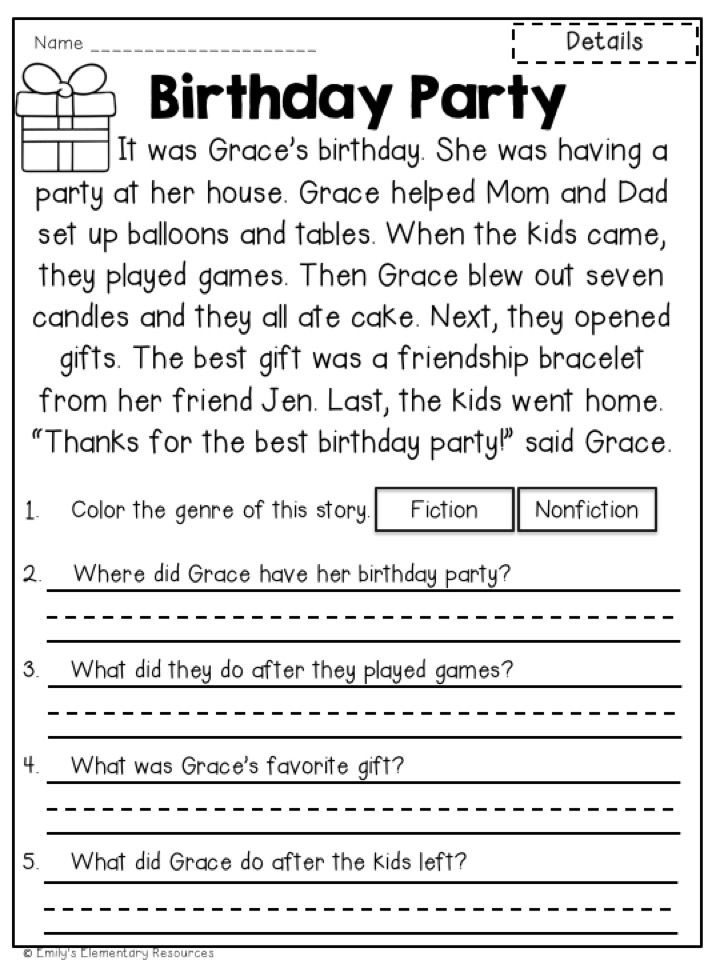 The dog immediately rushed up the mountain, hoping that a piece will fall to her, but before she had time to run halfway, they stopped trumpet, but trumpeted in another castle. Then the dog thought that in the first castle she will not be in time, apparently, they have already dined there, but in the second they are still only at the table sit down. She escaped from this mountain and rushed to another. Here they trumpeted again the first lock, but in the second the trumpet fell silent. The dog ran down again and again rushed up the mountain; so she ran back and forth until the both pipes, because both here and there they had already dined.
The dog immediately rushed up the mountain, hoping that a piece will fall to her, but before she had time to run halfway, they stopped trumpet, but trumpeted in another castle. Then the dog thought that in the first castle she will not be in time, apparently, they have already dined there, but in the second they are still only at the table sit down. She escaped from this mountain and rushed to another. Here they trumpeted again the first lock, but in the second the trumpet fell silent. The dog ran down again and again rushed up the mountain; so she ran back and forth until the both pipes, because both here and there they had already dined.
1. Select the closest explanation of the meaning of the phrase "brilliant way."
a) The best, perfect;
b) the most successful;
c) very correct.
2. Explain with the help of other words the meaning of the word "sage".
a) An old man;
b) a man of great intelligence and experience;
c) a person who invents incredible stories.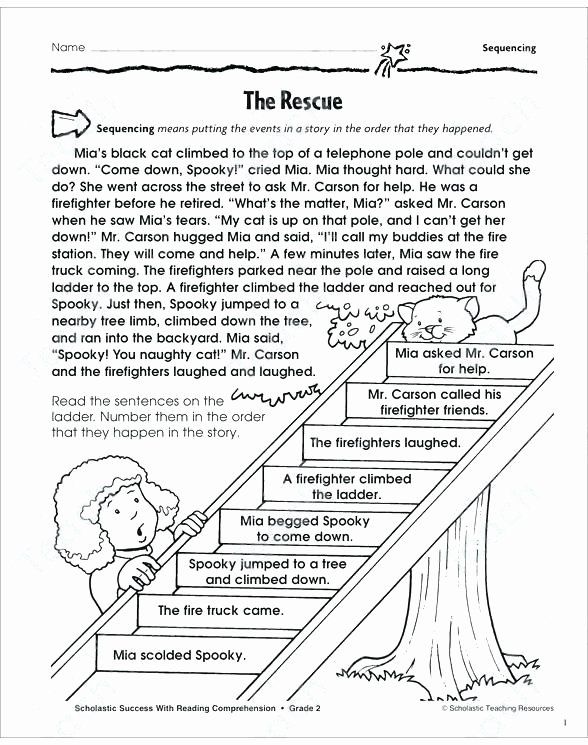
3. What genre H.K. Andersen called it a "wonderful mirror"?
a) Fairy tale;
b) a fable;
c) story.
4. Why on fable no one could get angry?
a) Only good things are said about people;
b) Human failings are discussed in the context of animals and outlandish of things;
c) describe events that cannot happen in people's lives.
5. Think which expression helps to understand the main idea of the fable better than others.
a) “Who gets up early, God gives him”;
b) “If you chase two hares, you won’t catch one”;
c) "Hurry up, make people laugh."
6. Reply to question H.K. Andersen: what did the ancient sages want to say with this fable?
Literature used:
1. Newspaper 1 September "Primary School"
2. "We teach children observe and tell. O.V. Marinicheva, N.V. Elkin. Yaroslavl. academy development. Academy Holding 2002
3.